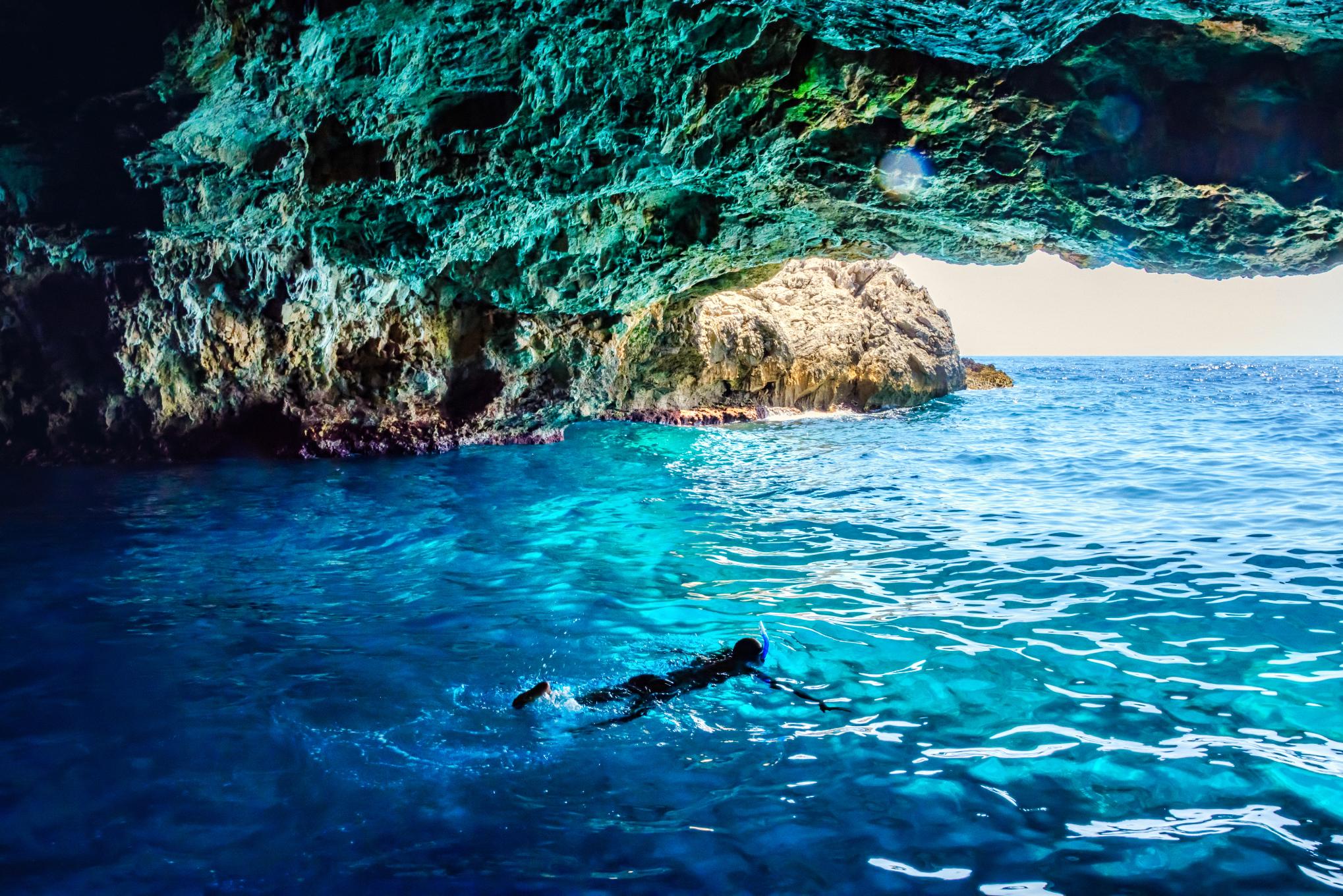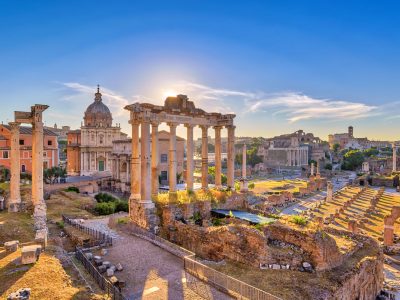August is the last month of summer, when the days are mellow and golden. It’s when many people go on holiday, desperate to cram in that last trip before the weather begins to cool. It’s the season for swimming in the ocean, for hiking forest trails or scaling granite mountains under a cloudless sky.
However, August’s popularity means it’s one of the busiest months for travelling. Tourist hotspots, like parts of the Greek islands and the coastline of southern Spain, can get crowded. Rather than contributing to overtourism, we recommend seeking out quieter spots where you can enjoy a more authentic experience. The good news: for every tourist hotspot there’s a little known mountain range or national park waiting to be explored.
It’s the season for swimming in the dazzling waters of the Adriatic, for hiking forest trails or scaling granite mountains
Our top travel picks for August will take you down paths less travelled, whether that’s to the glacier-studded straits of Greenland or the dense forests and high peaks of Armenia’s Dilijan National Park. We’ve included some more popular spots, such as Montenegro’s Bay of Kotor and the Canadian Rockies – hop in a sea kayak or find a lesser-known hiking trail, and you’ll quickly find the tranquillity you crave.
Here are the best places to travel to in August, for the ultimate summer adventure.
1. Alaska, USA
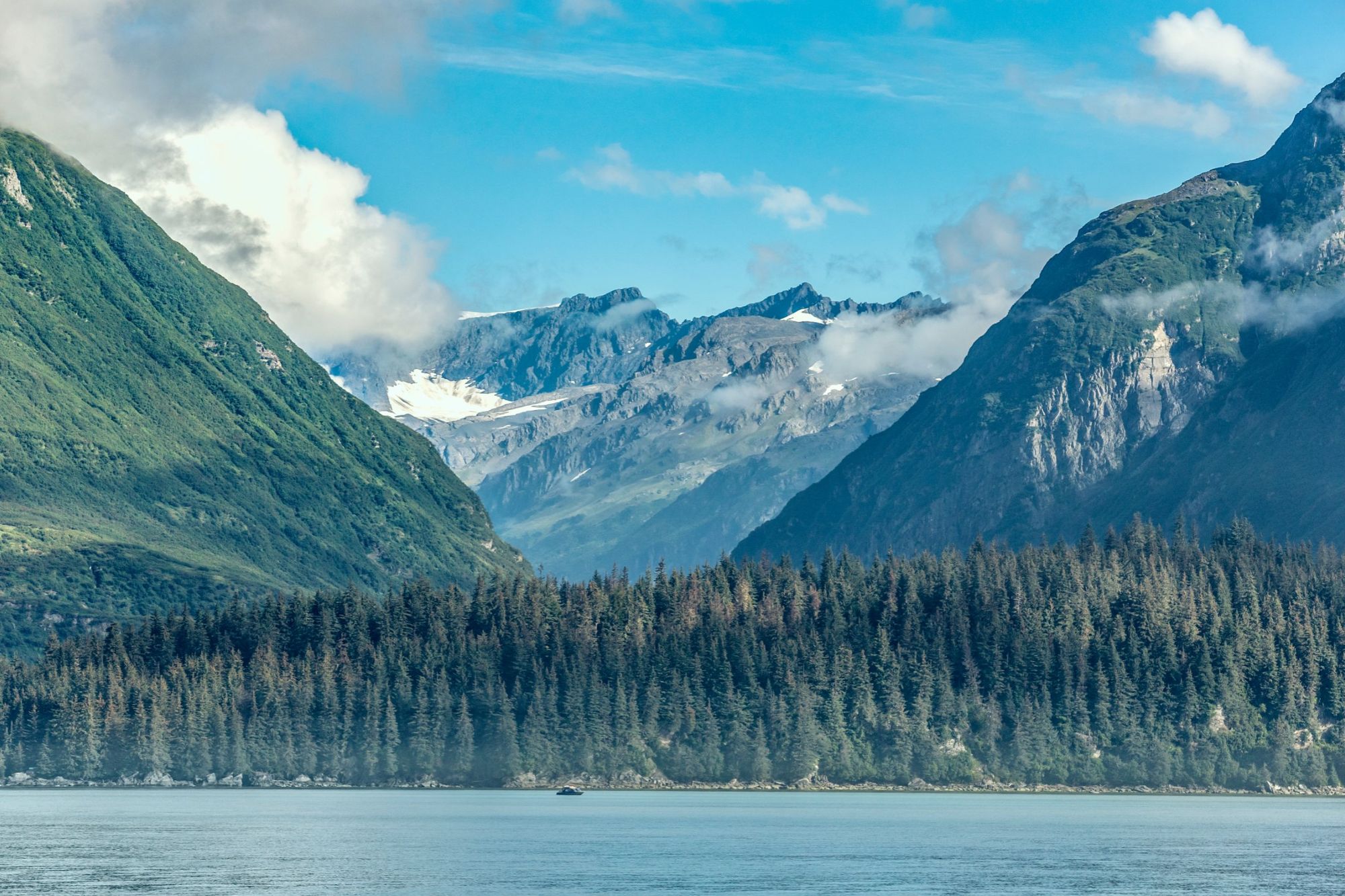
- Season: Summer (peak season)
- Temperature: 20°C high, 4°C low
- Time zone: GMT-8
- Currency: US Dollar
- Best for: Wilderness seekers
Known as ‘America’s Last Frontier’, the state of Alaska is home to almost 60% of the United States’ national park land. There are numerous ways to explore its soaring peaks, boreal forests, rugged coastline and vast glaciers – such is its vastness that it never feels crowded. Hike the trails of Denali National Park or take a jet boat along the McClaren River, deep into the wilderness. Kayak in Shoup Bay, past towering glaciers.
During August, the Alaskan landscape bursts into life with lush green forests, clear blue skies, and an abundance of wildlife – the longer daylight hours also allow for more time to explore. In Denali, average temperatures are between 10°C to 16°C in August, although they can go higher or lower. August is also an ideal time for wildlife watching. You might see brown bears feasting on salmon in rivers, humpback whales in the ocean, and bald eagles soaring overhead.
How to Get There? Most visitors fly into Anchorage, Alaska’s largest city, or Fairbanks for those heading to Denali National Park.
The Ultimate Adventure in Alaska | Much Better Adventures
Join a small group to adventurers to head into the wild for an epic journey around Alaska, the 49th state. Led by expert, local guides.

2. The Prosecco Hills, Italy
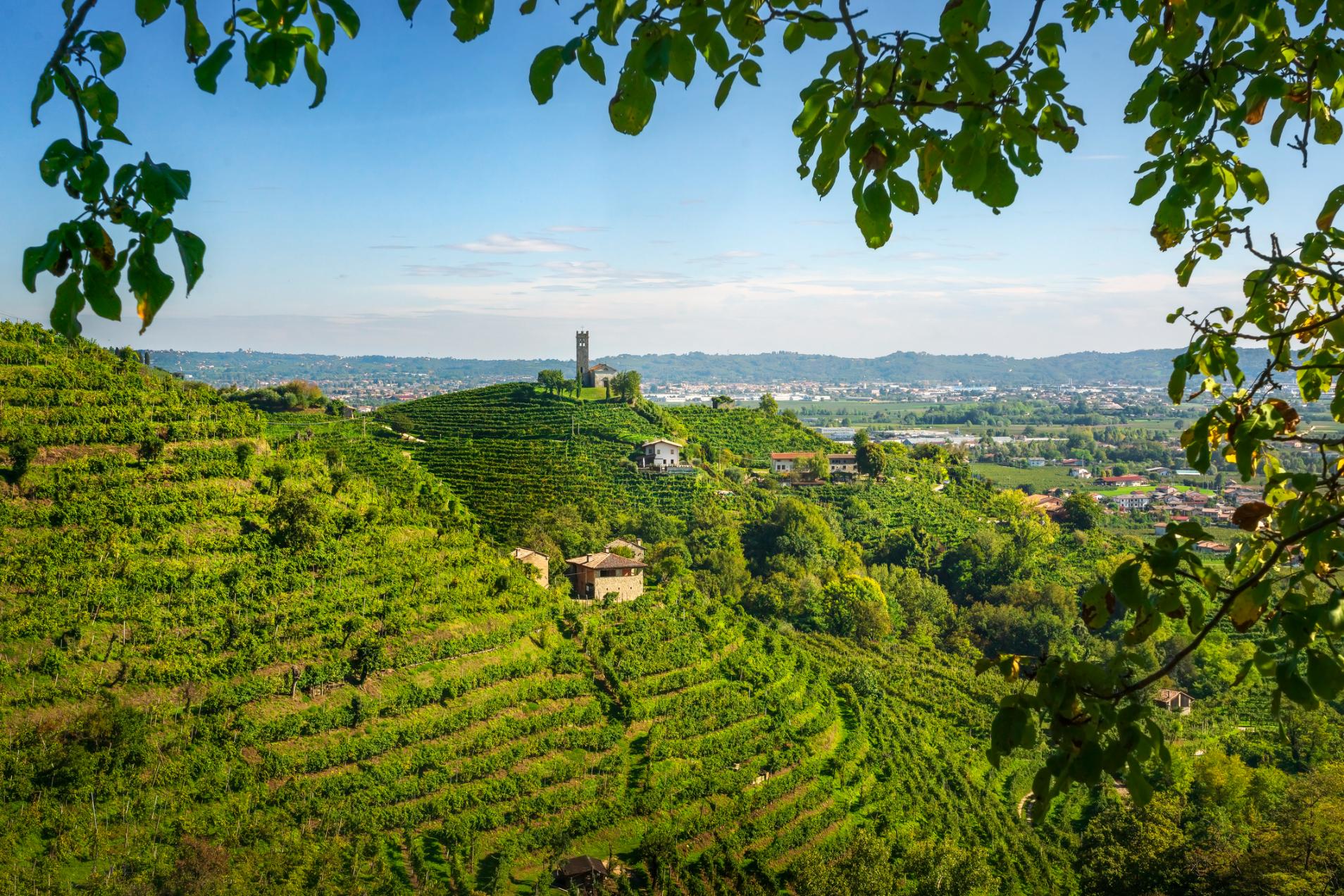
- Season: Summer (peak season)
- Temperature: 30°C high, 18°C low
- Time zone: GMT+2
- Currency: Euro
- Best for: Wine lovers and scenic explorers
The Prosecco Hills are one of Italy’s best kept secrets. This is the name given to the districts of Conegliano and Valdobbiadene about an hour north of Venice; a region of steep grassy terraces (‘ciglioni’) carpeted in vines, set against the mountainous backdrop of the Pre-Alps. Wander through the terraced vineyards, visit family-run wineries, and indulge in wine tastings accompanied by local Italian delicacies. The gently sloping hills also provide great terrain for cycling and hiking, with breathtaking views of the Dolomites in the distance.
Hiking, Biking and Wine Tasting in Italy’s Prosecco Hills | Much Better Adventures
Join a small group of travellers on the ultimate foodie adventure for indulgent tastings, idyllic hikes and scenic rides among UNESCO-listed surroundings.

August brings beautifully warm weather, with temperatures between 25°C to 29°C. Even though this is the high season, you won’t experience crowds.
“It’s still an area to be discovered,” explains Vania De Paoli, a guide who grew up in the area. “There’s a good mix between nature tourism, with quiet hiking and cycling trails to be explored, and of course there’s the wine and the sumptuous food.”
How to Get There? The Prosecco Hills are easily accessible from Venice or Treviso. Most visitors fly into Venice Marco Polo Airport.
3. Song Kul, Kyrgyzstan
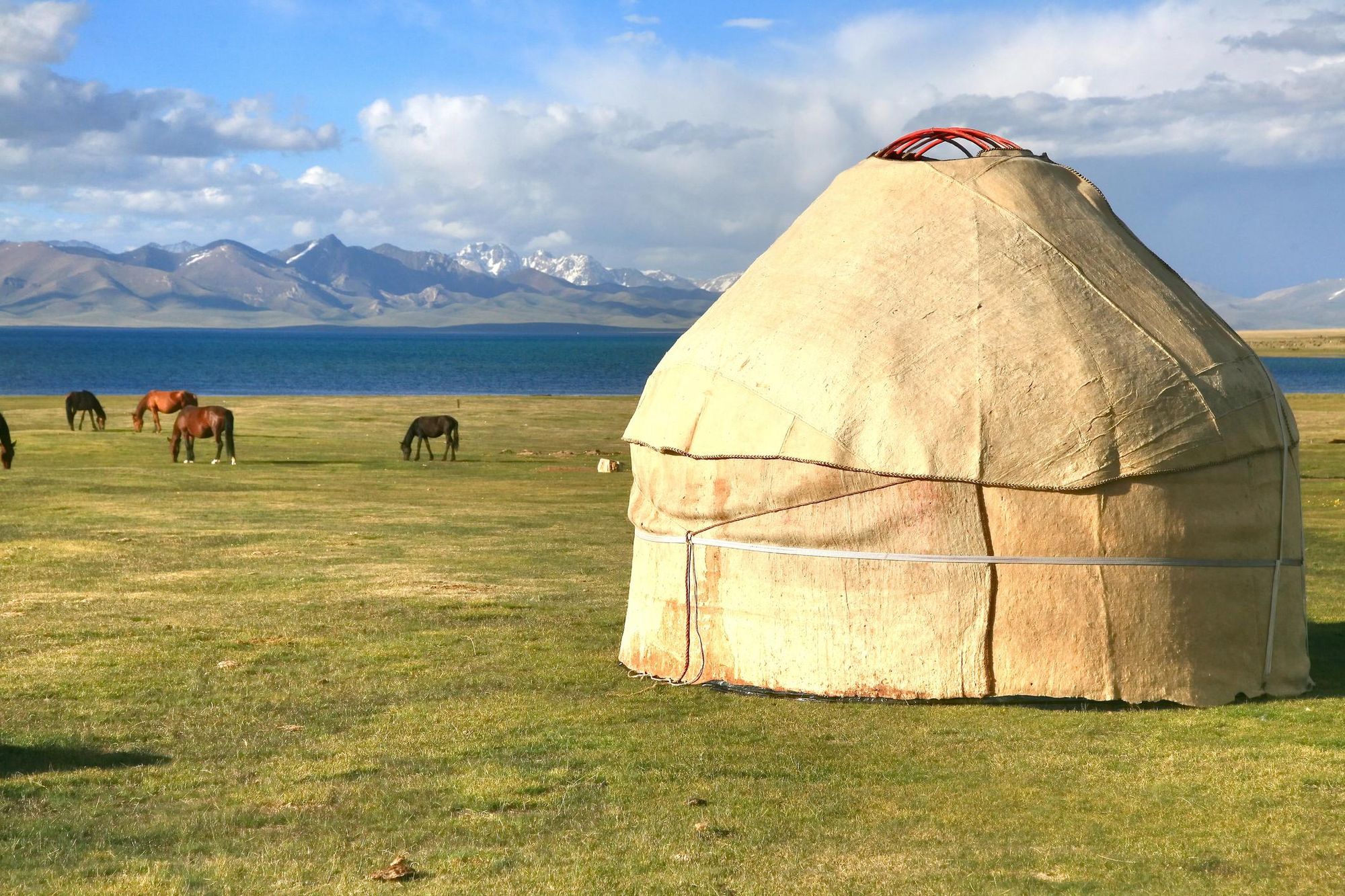
- Season: Summer
- Temperature: 16°C high, 5°C low
- Time zone: GMT+6
- Currency: Kyrgyzstani Som
- Best for: Immersion in nomadic Kyrgz culture
Song Kul is a remote, high-altitude lake set in central Kyrgyzstan, surrounded by vast, open pastures and 4,000m (13,123ft) high snow-capped peaks. Stay a couple of nights in a nomadic yurt camp; spend your days kayaking across the lake or horse riding across the vast pasture lands.
August is one of the best months to visit the area with daytime temperatures between 13°C to 16°C (although the high altitude means it gets cold at night). During summer, Song Kul transforms into a lively social hub as nomads congregate here with their flocks so they can graze in the wilderness.
The Ultimate Adventure Through Kyrgyzstan | Much Better Adventures
Join an active small group trip to journey through this incredible land of nomads, yurts, eagles and vast steppes, venturing along the ancient Silk Road.
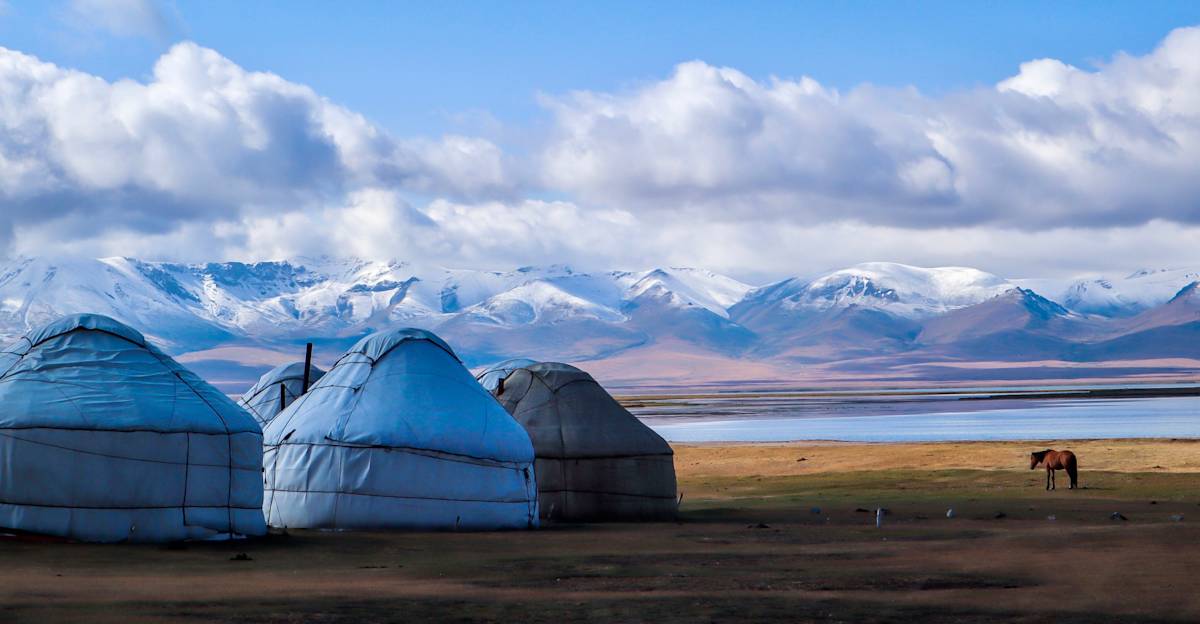
How to Get There? Most visitors begin their journey in the capital, Bishkek, flying into Manas International Airport. From there, it’s a scenic drive through mountains and valleys, often with a stop in the town of Kochkor, to Song Kul.
4. Nyungwe National Park & Lake Kivu, Rwanda
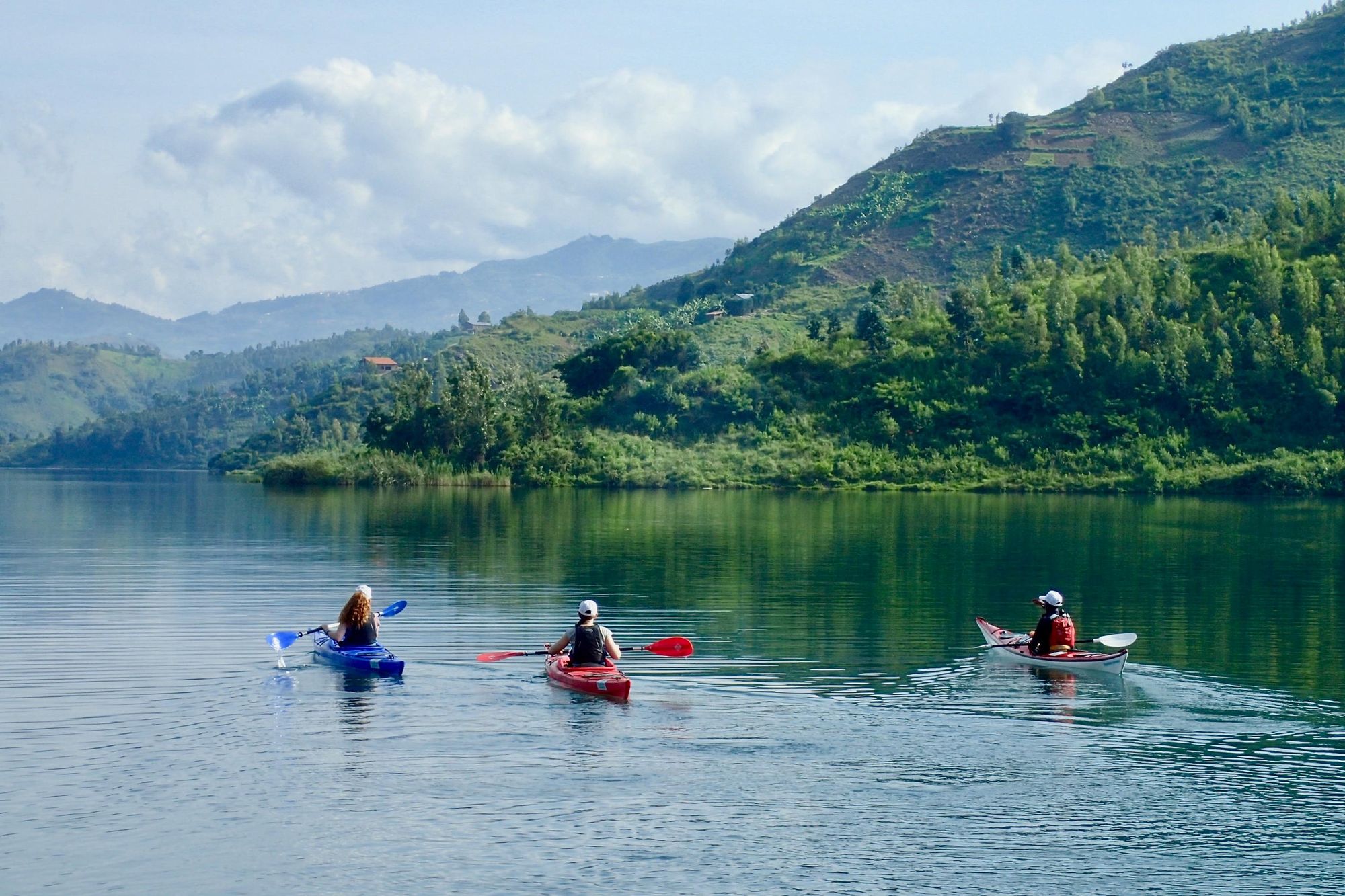
- Season: Dry
- Temperature: 27°C high, 15°C low (Lake Kivu)
- Time zone: GMT+2
- Currency: Rwandan Franc
- Best for: Wildlife enthusiasts
Combine a trip Nyungwe National Park, one of Africa’s oldest rainforests with nearby Lake Kivu, a vast freshwater lake. Lake Kivu is the ideal spot for a multi-day kayaking trip, as you can pull ashore to camp on one of its 250 small islands.
“We get to this small island called Gishayu Island, where we set up tents and everybody stays overnight,” says destination expert Steve Venton. “It’s a little forested island. We camp on the summit and it’s got a nature trail and lots of birds – you can walk around it by yourself.”
The Ultimate Adventure Through Rwanda | Much Better Adventures
Join our action-packed small group adventure among ancient rainforests and emerald lakes in Africa’s wild heart, home to the iconic mountain gorillas.
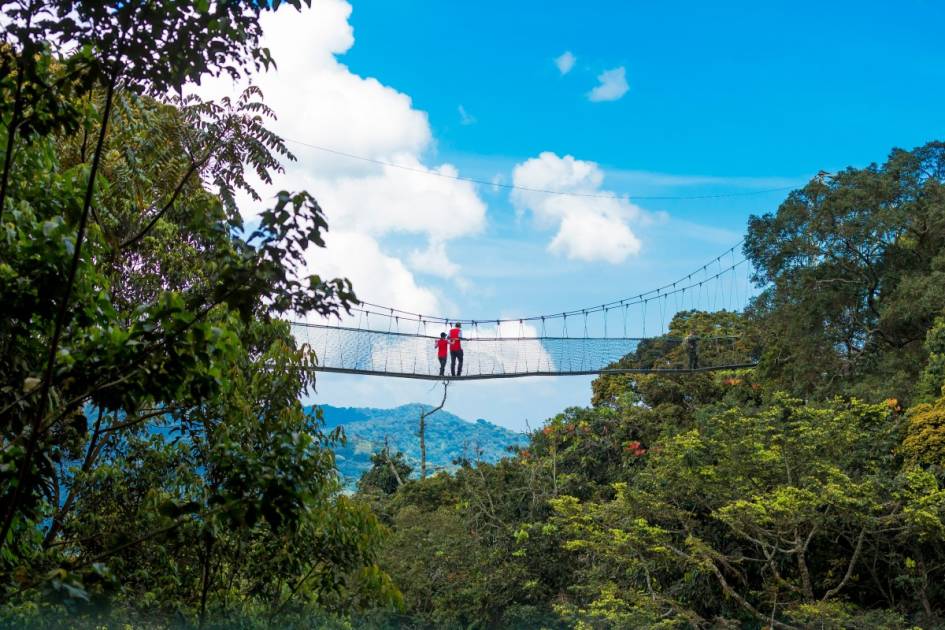
Meanwhile, Nyungwe is renowned for its rich biodiversity, dense jungle, and large primate population, including chimpanzees and colobus monkeys – which you can look out for on an early morning canopy walk suspended high above the treetops. August is one of the best months to visit, with the dry season making the forest trails accessible and the wildlife easier to spot.
How to Get There? Fly into Kigali International Airport, near the capital. From there, it’s a scenic 5-hour drive to Nyungwe National Park.
5. The Tour du Mont Blanc, France, Italy and Switzerland
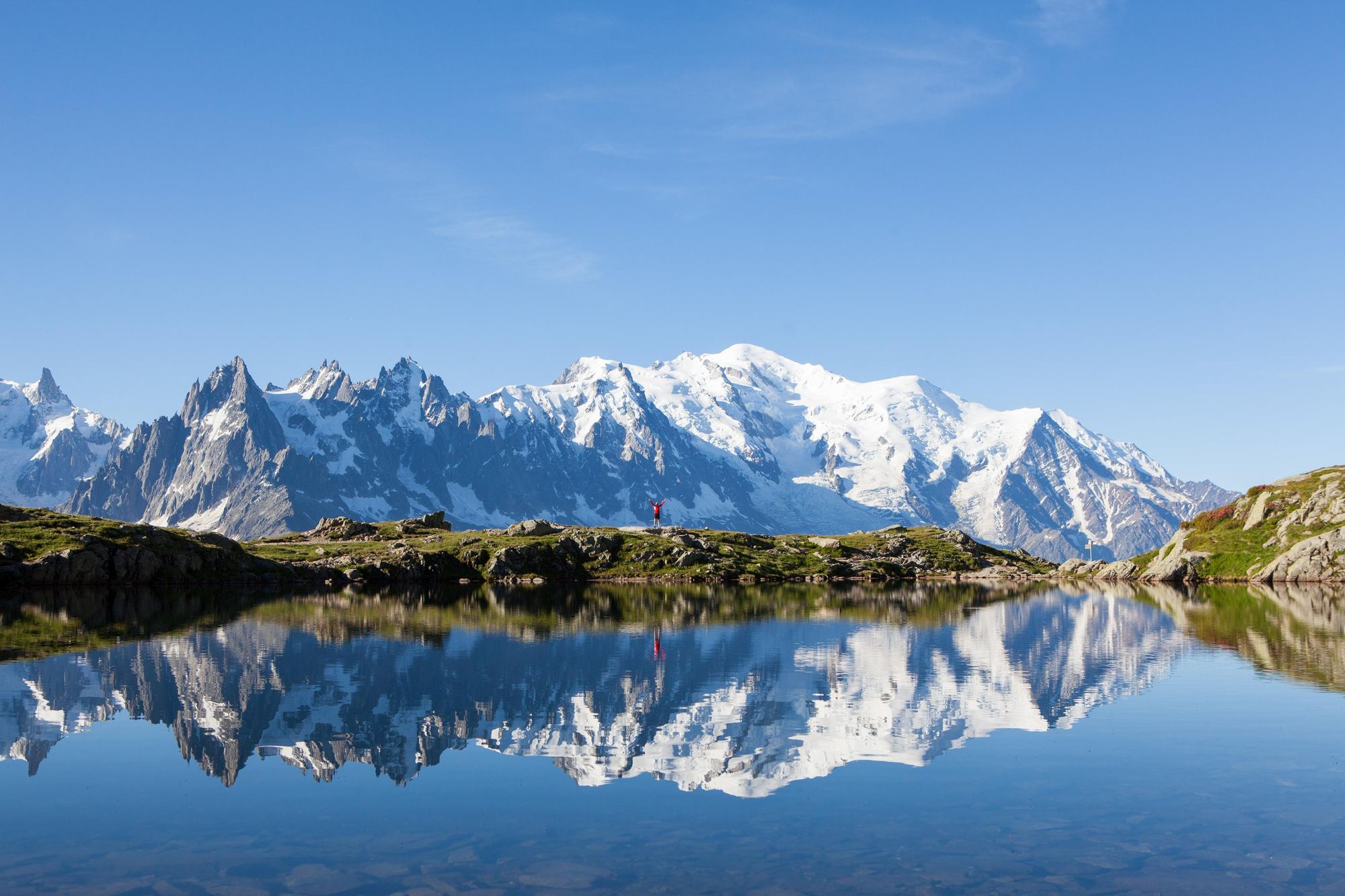
- Season: Summer
- Temperature: 20°C high, 5°C low
- Time zone: GMT+2
- Currency: Euro (France/Italy), Swiss Franc (Switzerland)
- Best for: Alpine scenery
The Tour du Mont Blanc is one of the most iconic long-distance treks in the world, an 103 mile (166km) route circumnavigating the mighty Mont Blanc. In the process it crosses through France, Italy and Switzerland. You’ll be crossing wobbly suspension bridges over roaring torrents and climbing up steep cols with panoramic alpine views, surrounded by stunning Alpine peaks and ridges.
August is the perfect time to embark on this adventure, with clear skies and mild weather creating ideal conditions for trekking. The meadows will be bursting with wildflowers and there’s plenty of daylight for hiking. The pleasant weather draws a greater number of hikers than other times of year, though, so make sure you book the mountain refuges well in advance.
How to Get There? Fly into Geneva Airport and grab a bus or taxi into Chamonix, around an hour’s drive.
Trek the Tour du Mont Blanc | Much Better Adventures
Join good people on one of the world’s great hikes. Trek the mighty Alps through Italy, France and Switzerland as you circumnavigate the Mont Blanc massif.

6. The Nærøyfjord, Norway
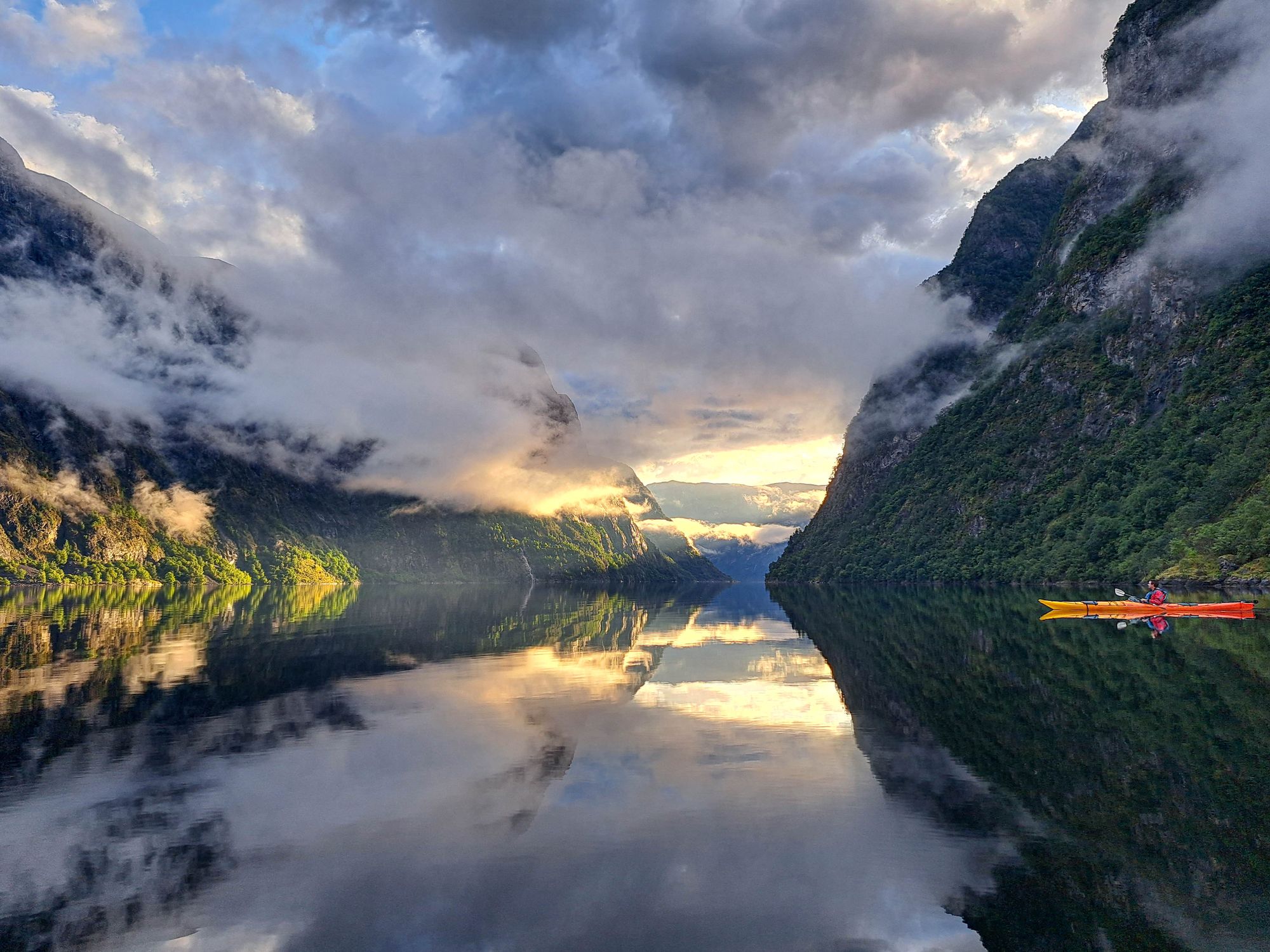
- Season: Summer
- Temperature: 23°C high, 10°C low (in Voss)
- Time zone: GMT+2
- Currency: Norwegian Krone
- Best for: Fjordside hikes
Norway‘s UNESCO-designated Nærøyfjord is a glacially carved inlet with towering granite walls. To explore it, we’d recommend setting out from Gudvangen, on a self-powered hiking and kayaking expedition. You’ll wild camp along the water’s edge, falling asleep to the sound of lapping water and oystercatchers.
There are a variety of different route options, but we recommend incorporating an ascent of the fjord wall to the 1,189m (3,990ft) high Breiskrednosi summit.
We didn’t choose that summit because it’s easy, because if we had gone down that road everyone would be doing it
“The hike adds a lot to the experience, because you get to see the fjords from within and above them,” says outdoor guide Jan Neilsen. “We didn’t choose that summit because it’s easy, because if we had gone down that road everyone would be doing it – and then the summit would be busy, too.”
August is a good time to visit the Norwegian fjords, with mild temperatures and long daylight hours. Despite the Nærøyfjord’s beauty, it’s very much off the beaten track, being difficult to access via road.
How to Get There? Fly into Bergen’s international airport. From here, drive to Voss – also reachable by bus and train from Bergen.
Hiking and Kayaking Expedition in the Norwegian Fjords – 5 nights | Much Better Adventures
Join a small group of adventurers on this 70km self-powered journey through one of the most stunning landscapes on the planet, led by expert guides.
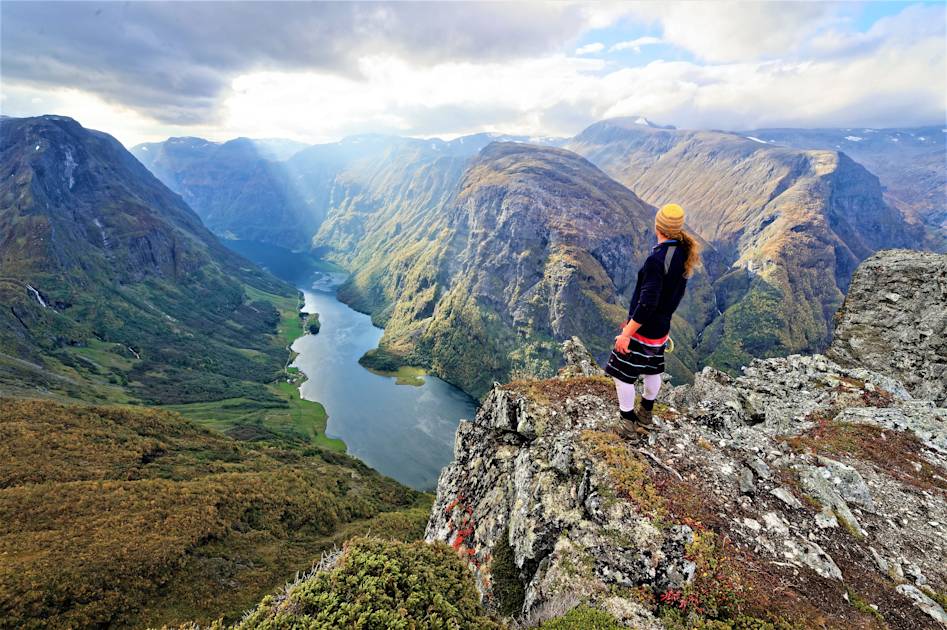
7. Southern Greenland, Greenland
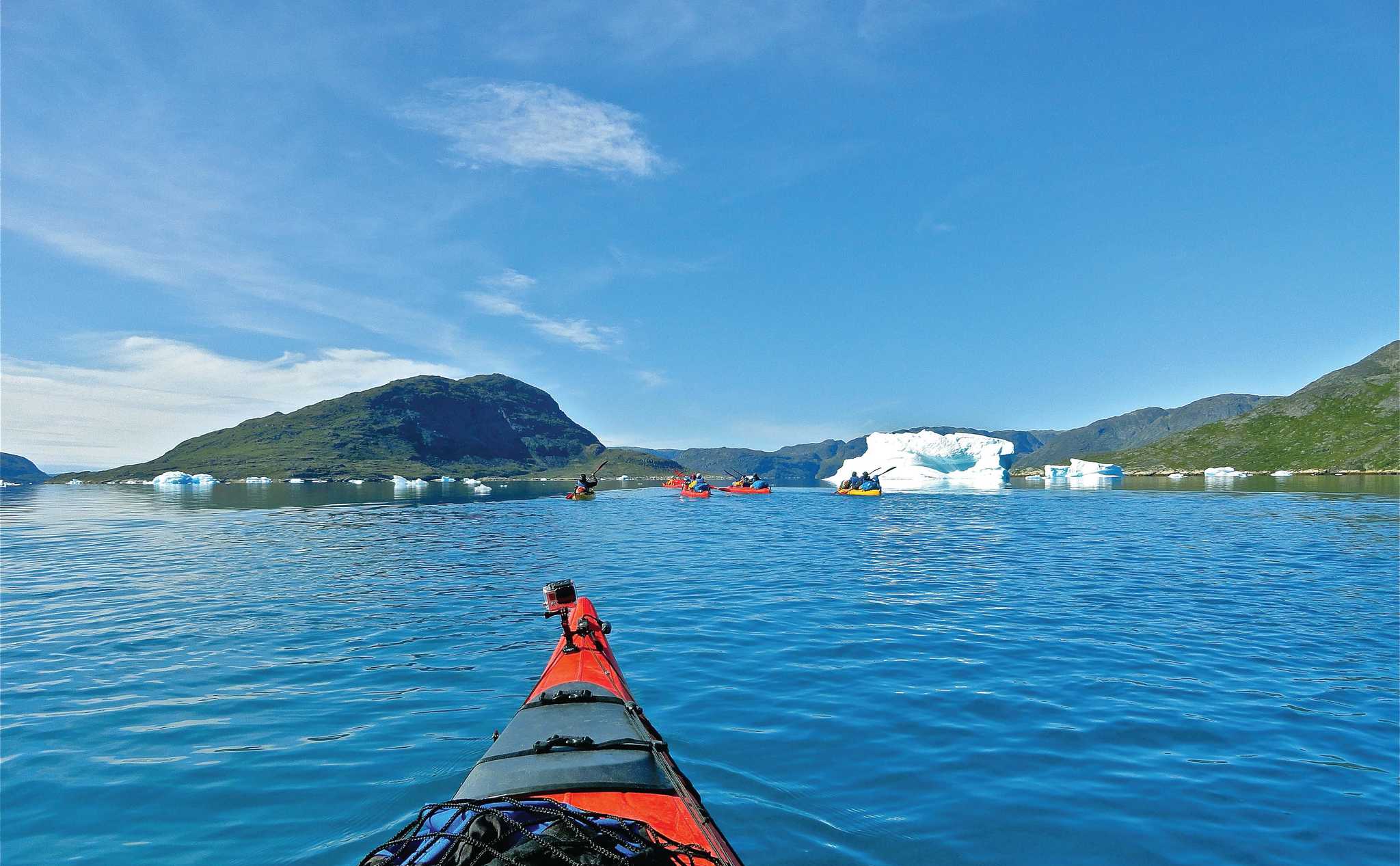
- Season: Summer
- Temperature: 13°C high, 2°C low
- Time zone: GMT-1
- Currency: Danish Krone
- Best for: Wilderness kayaking expeditions
Southern Greenland is a remote region of vast fjords, ice-covered islands and towering icebergs. Explore this wilderness on a self-powered kayaking expedition, beginning from the town of Narsaq. You’ll paddle through fjords dotted with icebergs and small islands, pulling ashore each night to camp amidst this epic glacial scenery. Eyes peeled for Greenlandic seals and whales, which you might see on your journey.
August is one of the best times of year to visit Greenland, as you’ll have the warmest temperatures (although they can drop to a couple of degrees below freezing), and 24 hour daylight for exploring.
How to Get There? The closest airport to the expedition start point is Narsarsuaq, which has flight connections to Copenhagen Airport and Keflavik (near Reykjavik). We’d recommend flying to Narsarsuaq via Keflavik.
100km Hiking and Kayaking Expedition in Greenland | Much Better Adventures
Book a small group trip to kayak amongst icebergs and hike across an ice cap on this Arctic adventure. Led by local guides, joined by good people.

8. Kilimanjaro, Tanzania

- Season: Dry
- Temperature: 20°C high (at base), -7°C low (at summit)
- Time zone: GMT+3
- Currency: Tanzanian Shilling (TZS)
- Best for: High-altitude summit challenges
Known as the ‘Roof of Africa’, 5,895m (19,340ft) high Mount Kilimanjaro towers over the surrounding landscape. Climbing it is a rite of passage for experienced hikers – especially those who want to ascend to the highest point in Africa – and August is a good time to tackle the challenge. It’s part of the ‘long dry season’, when the weather is most stable.
There are a number of different routes up Kilimanjaro, each with their own benefits. Climb to the summit via the Machame Route and you’ll experience a slower ascent profile (making dealing with the high altitude easier) as you move through five different climate zones and their diverse ecosystems. Meanwhile, the Rongai route is one of the remotest – and therefore quietest – trails to the summit, for those wanting a more off-the-beaten track experience.
Climb The Rongai Route Up Mt Kilimanjaro (2024/2025) | Much Better Adventures
The Rongai Route is one of the quietest and most remote paths to the summit of Mt Kilimanjaro. Climb with a small group led by local guides. Book now.

Once you’ve successfully completed your trek, we recommend sticking around to explore the region. Go on safari to wildlife hotspots such as the Ngorongoro Crater, or head to the nearby island of Zanzibar to relax on the beach.
How to Get There? Fly into Kilimanjaro Airport (JRO), where it’s just a short drive to most of the trailheads. There are flights to Kilimanjaro Airport from several European airports, including those in Paris and Amsterdam.
9. The Laugavegur Trek, Iceland
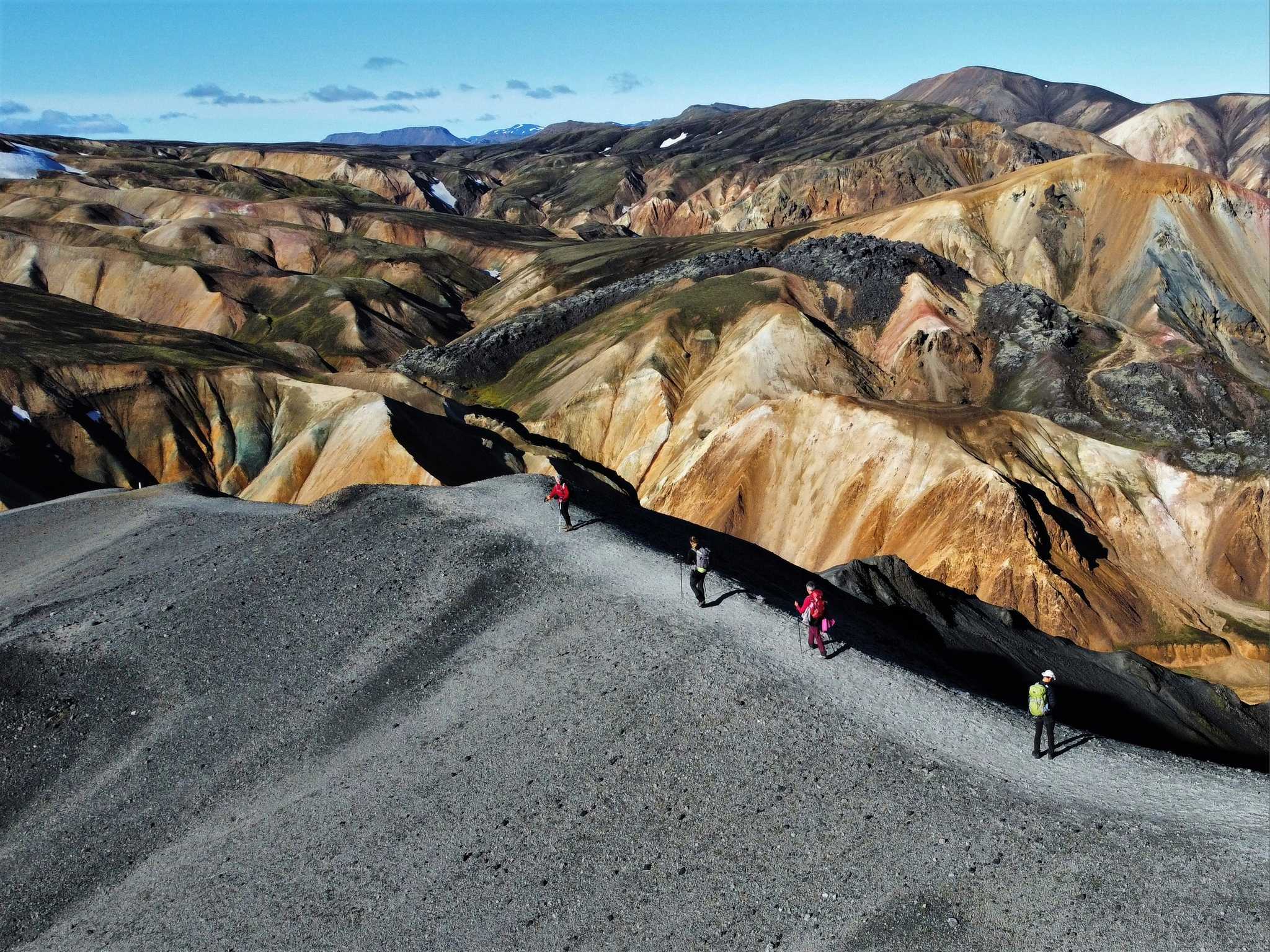
- Season: Summer
- Temperature: 20°C high, 5°C low
- Time zone: GMT
- Currency: Icelandic Krona (ISK)
- Best for: Trekking through volcanic landscapes
The Laugavegur Trail is Iceland’s most famous hiking route, renowned for its otherworldly landscapes. Stretching 34 miles (55km), it takes you through an extraordinary variety of scenery—from the colourful rhyolite mountains of Landmannalaugar to the black ash desert of Mælifellssandur and the green valley of Þórsmörk. The trail is well-marked, with several mountain huts you can stay at along the way. Camping is also possible.
Hut-to-hut trek of the Laugavegur Trail in Iceland | Much Better Adventures
Tackle Iceland’s iconic Laugavegur Trail, travelling hut-to-hut with a small group of like-minded adventurers. Book your trip with just a deposit today.

The Laugavegur hiking season is short, running from June to September. In August, the temperatures are relatively mild (averaging 14°C to 17°C in the daytime) and you’ll enjoy long daylight hours. Do be aware this is peak season on the trail, however, so mountain huts need to be booked up in advance.
How to Get There? Fly into Reykjavik, then take a bus to the trailhead at Landmannalaugar. From there, you can set off on your Laugavegur adventure, either on your own or with a guided trek.
11. The Okavango Delta, Botswana
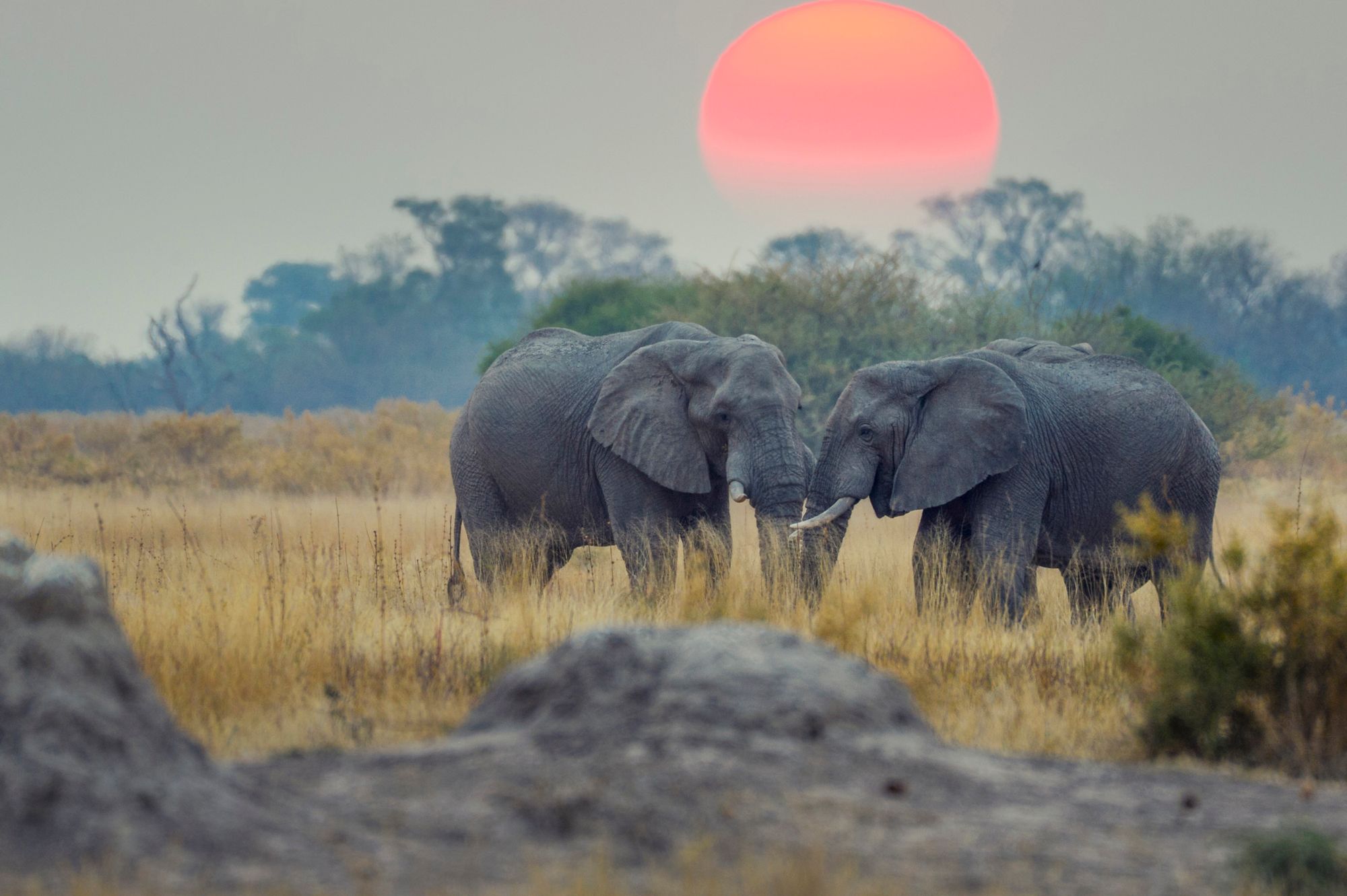
- Season: Winter (dry season)
- Temperature: 26°C high, 6°C low
- Time zone: GMT+2
- Currency: Botswana Pula
- Best for: Wildlife lovers
The Okavango Delta is a vast inland delta with a diverse habitat of grasslands, savannahs and floodplains. It’s home to such a density of wildlife that it’s been classified as a UNESCO World Heritage Site – leopards, hyenas, rare white rhinoceroses, lions and much more. One of the best ways to explore the Delta is on a mokoro (dugout canoe) expedition, pulling ashore to stay in a mobile safari camp each night. You’ll watch the blazing sunset and sit around the campfire as the stars come out.
August is the dry season in Botswana, and as water becomes scarce, animals tend to congregate around watering holes – making them easier to spot. You’ll also see more when out bushwalking, as the vegetation has thinned out.
How to Get There? Most visitors start their trip either at the Maun Airport in Botswana or the Hosea Kutako International Airport, which is east of the Namibian capital of Windhoek.
Maun to Victoria Falls: Botswana Safari Adventure 2025 | Much Better Adventures
Join this overland odyssey from Botswana to Zimbabwe in 2025 on a small group trip, going on safari in the Okavango Delta & Chobe National Park.

12. The Coffee Triangle, Colombia
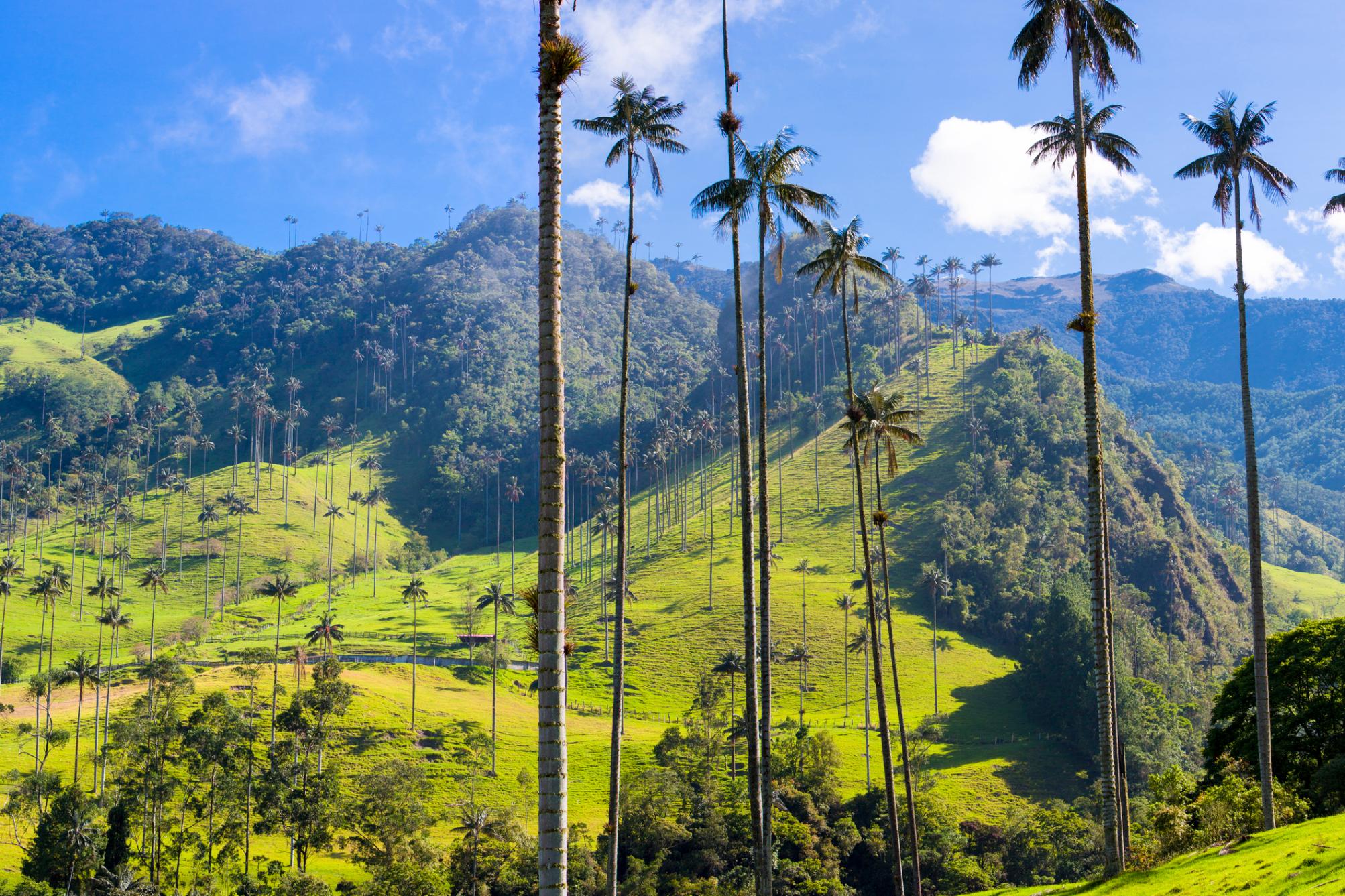
- Season: Short dry season
- Temperature: 21°C high, 11°C low
- Time zone: GMT-5
- Currency: Colombian peso
- Best for: A delicious cup of coffee
Colombia’s UNESCO-designated Coffee Cultural Landscape is the scenic heartland of its coffee production, with the reputation for growing high quality arabica beans. It’s a region of traditional haciendas surrounded by a patchwork of rolling hills, farmland and cloud forest.
There’s plenty to do in the region, such as taking a ‘bean to cup’ coffee tour, or hiking the trails – we particularly recommend doing so in the Valle del Cocora, a verdant valley studded with giant wax palms.
August is part of Colombia’s short dry season – the weather in the Coffee Triangle is mild but humid. This is also the month of harvest festivals, with plenty of art exhibitions, parades and markets brimming with fresh produce.
The Ultimate Adventure Through Colombia | Much Better Adventures
Join a small group of active travellers on a whirlwind adventure from Bogota to Cartagena, via Colombia’s most epic wild places.
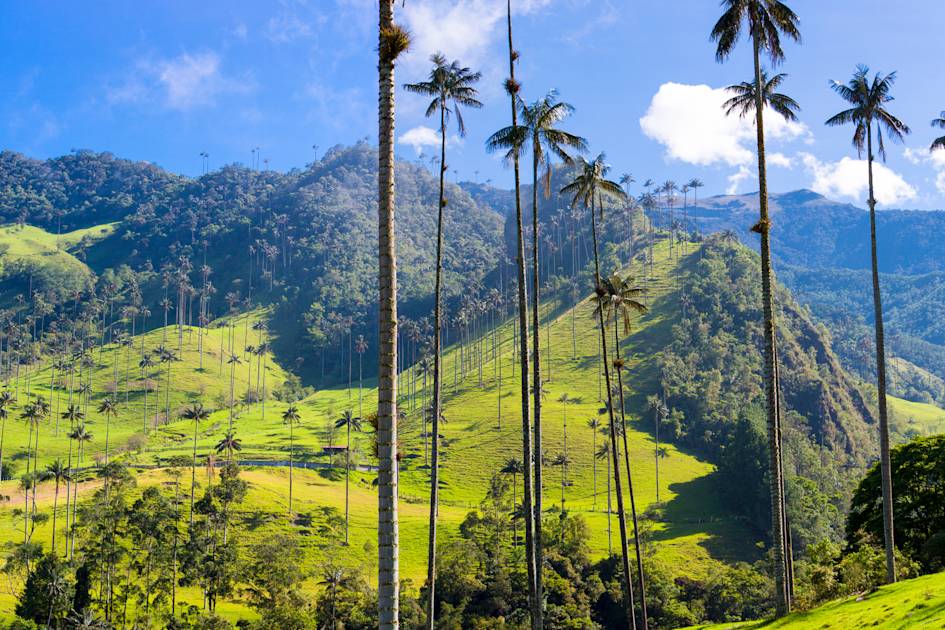
How to get there? You can fly into one of the three regional airports – La Nubia, Matecaña PEI or El Edén International Airport AXM. It’s more common to fly to the capital of Bogota and journey by road to the Coffee Triangle.
13. Bali, Indonesia
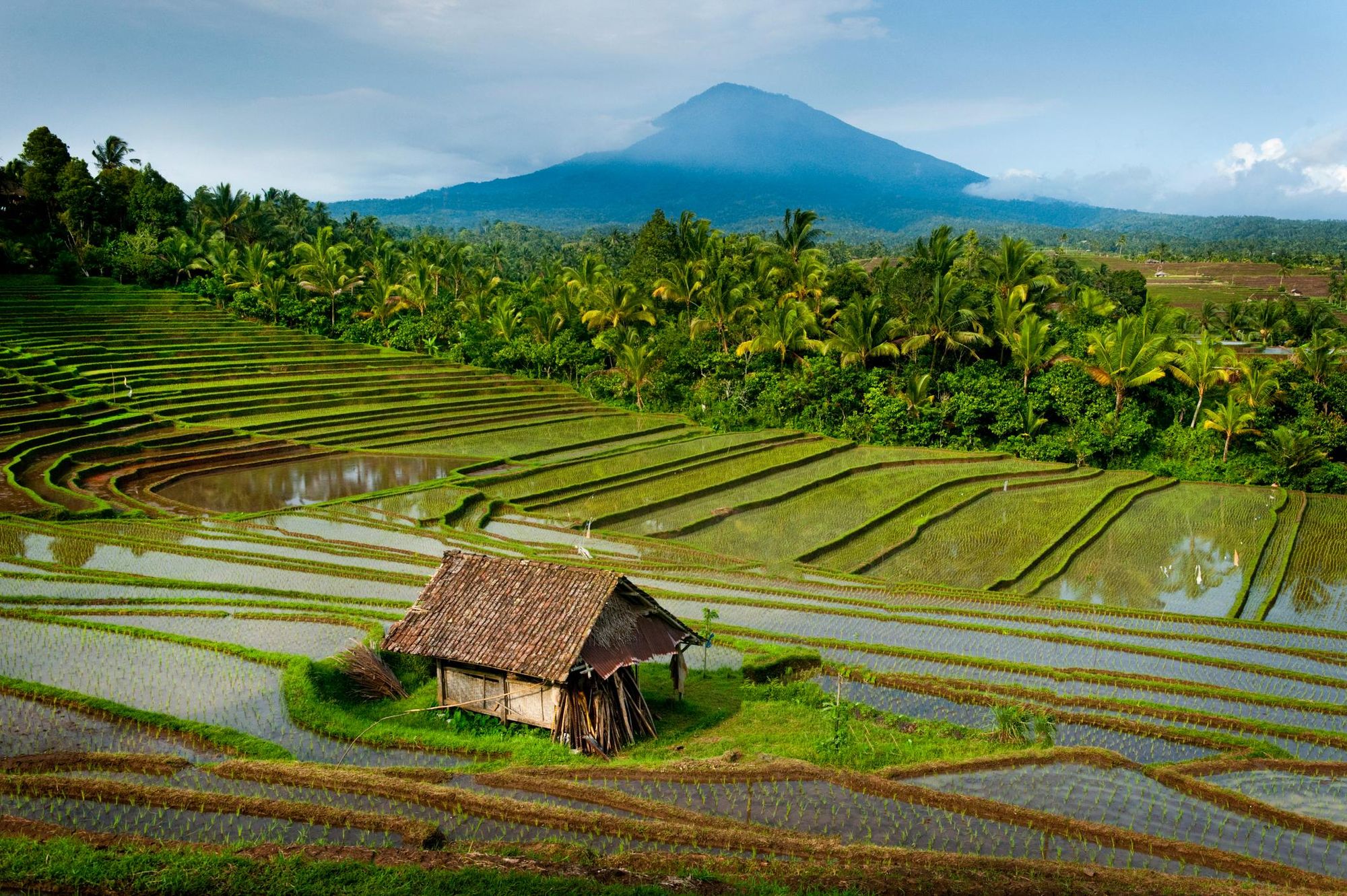
- Season: Dry
- Temperature: 29°C high, 20°C low
- Time zone: GMT+8
- Currency: Indonesian rupiah
- Best for: Jungles, mountains and beaches
Bali is a hugely popular tourist destination, but you can easily discover its quiet side by heading away from its popular coastal resorts and into its jungle-carpeted, mountainous interior. One of the best ways to do this is by walking from coast to coast across Bali, along a newly created 62-mile (100km) hiking trail. The literal high point of the route is a challenging ascent of Mount Batakaru (2,276m/7,467m); you’ll stride out at dawn to reach the summit for sunrise.
Coast to Coast Traverse of Bali | Much Better Adventures
Join local, expert guides on this unique trek that takes you far from Bali’s crowds, hiking through lush landscapes and swimming in hidden waterfalls.
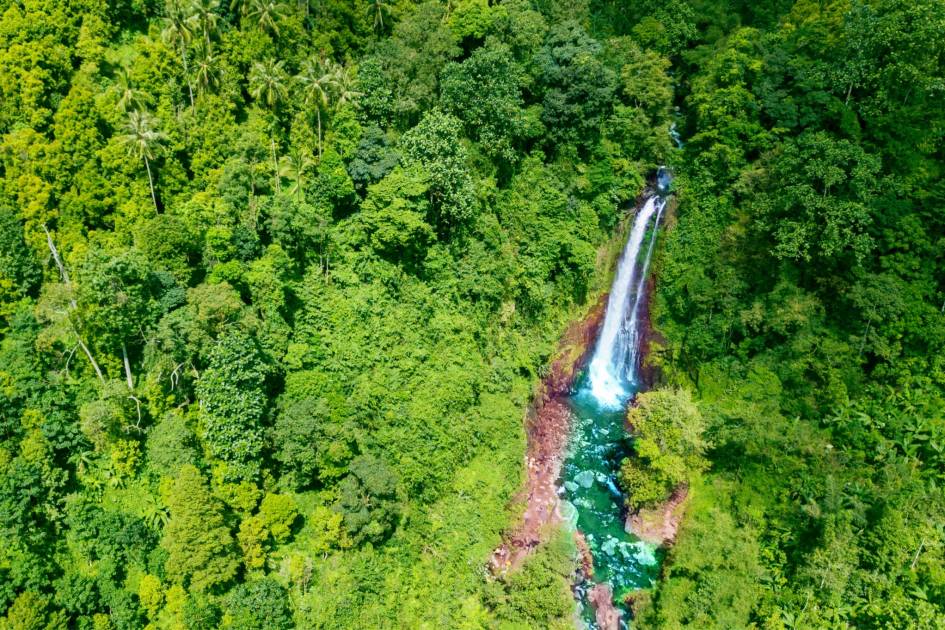
“Some people think that Bali is all about Kuta,” says Benny Onor, a local destination specialist who helped create the route. “By going coast-to-coast, we can show it’s really not. We want to show the different landscapes that Bali has. The trail goes through dense jungle, through rice fields and plantations, past waterfalls and up mountains.”
August is towards the end of the dry season in Bali, with average daily temperatures of around 27°C, although it’s a couple of degrees cooler in the highlands.
How to get there? Fly into Bali’s well served international airport, Ngurah Rai International Airport.
14. The Bay of Kotor, Montenegro
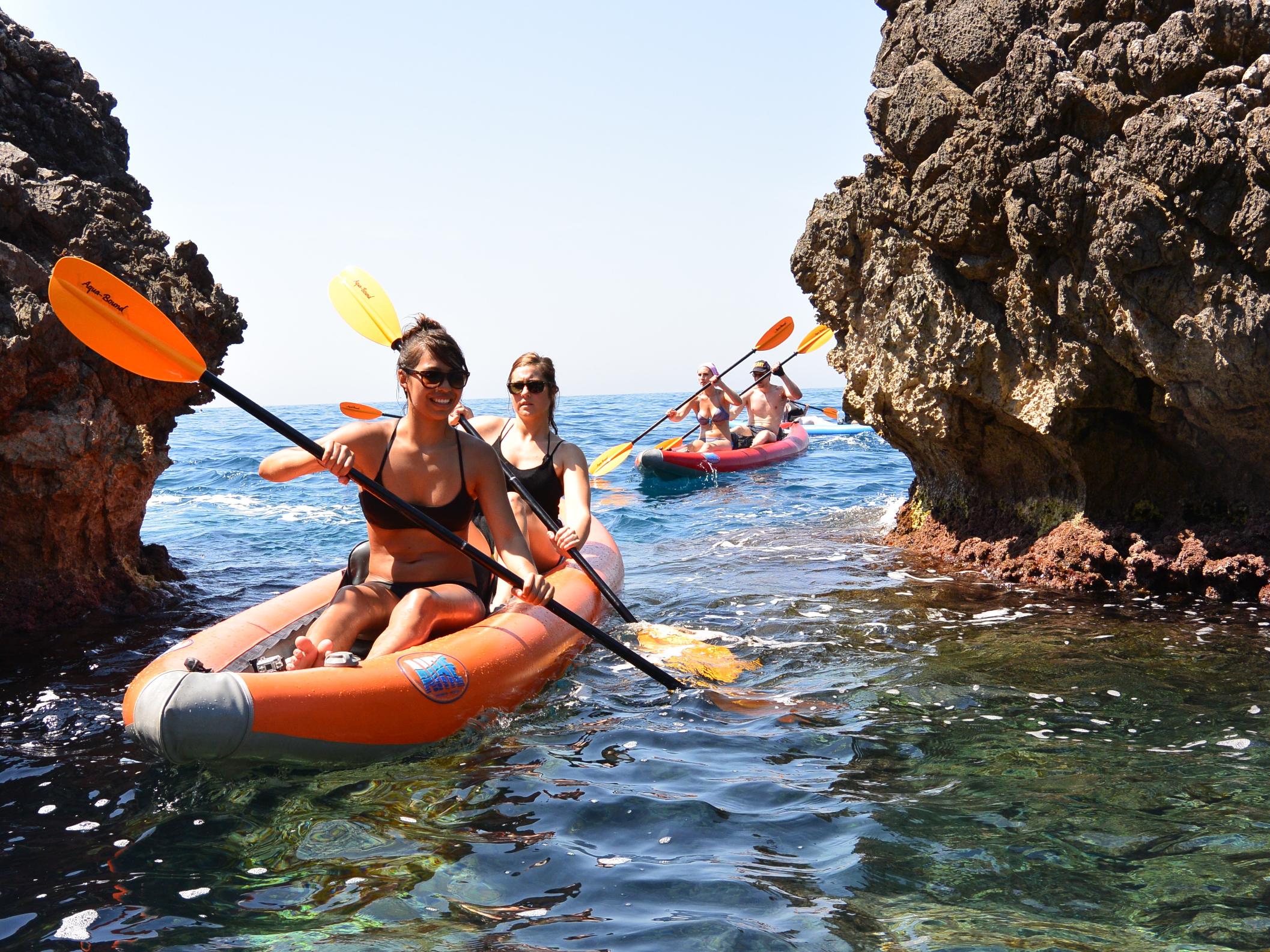
- Season: Temperature: 31°C high, 22°C low
- Time zone: GMT+2
- Currency: Euro
- Best for: ocean dips and mountain hikes
The Bay of Kotor is a long, narrow bay on Montenegro’s coast, studded with pebbled beaches and surrounded by the jagged limestone peaks of the Dinaric Alps. The Luštica Peninsula juts out into the Adriatic at the entrance of the bay, its rugged coastline indented with caves. Explore Luštica by kayak, disembarking at secret coves which aren’t accessible by road for a swim.
Hike, SUP and Kayak Montenegro’s Coast | Much Better Adventures
Join a local guide for a small group adventure exploring the National Parks and World Heritage Sites of this beautiful Balkan coastline, paddle in hand.
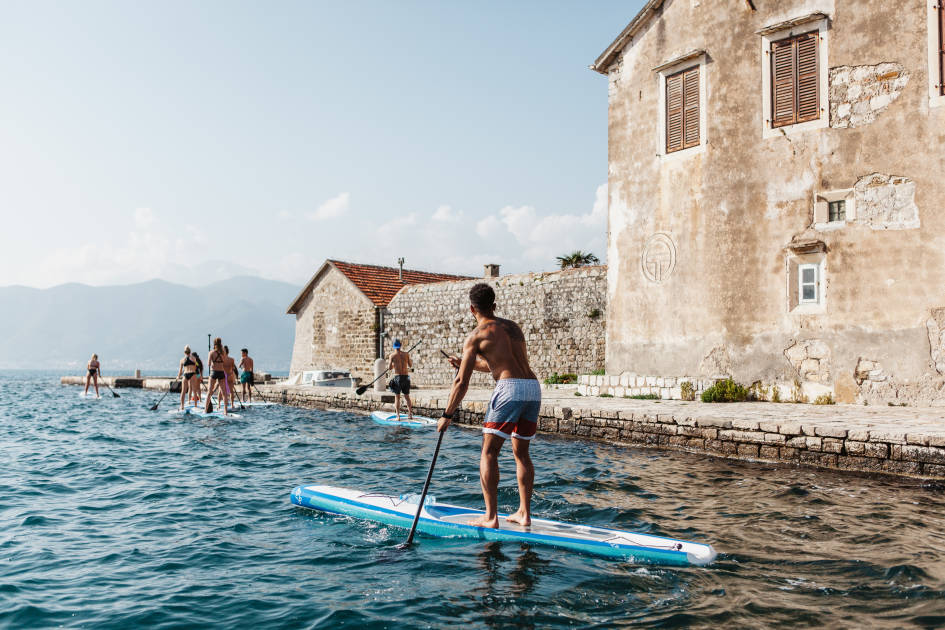
The weather in August is hot, with average daily temperatures of around 26°C. If this is too warm for you, refresh yourself with dips in the ocean, or head inland to the nearby Lovcen National Park for breezy mountain hikes. It might be peak season but the park’s hiking trails are gloriously uncrowded.
How to Get There? Tivat Airport is a mere 15 minute drive from Kotor town, while Podgorica Airport (near the capital) is a 90 minute drive away.
15. The Canadian Rockies
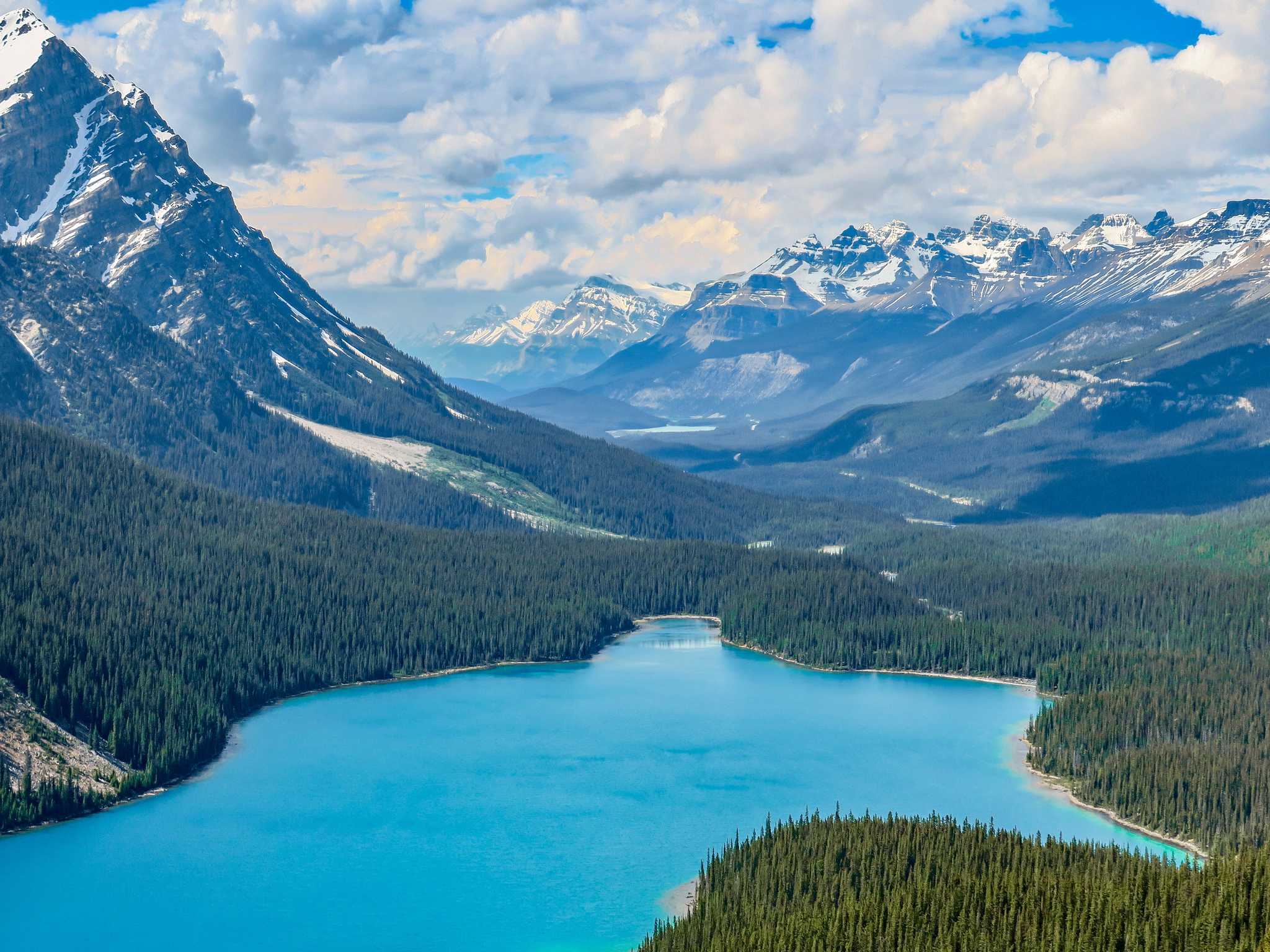
- Season: Summer
- Temperature: 23°C high, 7°C low (Lake Louise)
- Time zone: GMT-6
- Currency: Canadian Dollar
- Best for: Unparalleled mountain hikes
In the Canadian Rockies, sharp peaks encircle the glacial blue waters of Lake Louise and Peyto Lake. Beneath the peaks, scree slopes slide downwards, fir and spruce forests sprawl and wildflower alpine meadows add a touch of colour. Wildlife roams – from the marmots and moose dotted around the hiking trails to the bears rooting around the trees.
Needless to say, this is prime hiking territory, boasting four national parks. Head to Banff National Park to hike up 2,744m (9,200ft) high Fairview Mountain for breathtaking views of glimmering Lake Louise and the glaciers and mountains surrounding it. The Katherine Lake Trail is another corker, winding up through wildflower meadows with stunning vistas of Crowfoot Glacier and Cirque Peak along the route.
Hiking in the Canadian Rockies | Much Better Adventures
A North American classic. Join a small group adventure hiking amongst the great Canadian outdoors, tackling some of the best wilderness trails in the Rocky Mountains.
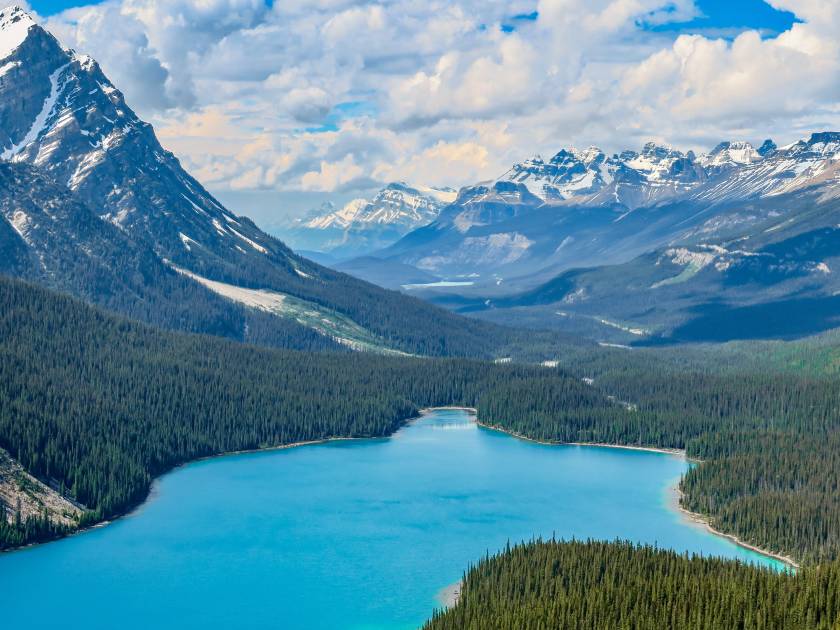
August is the sunniest month to visit the Canadian Rockies, with temperatures in the mid twenties (although it will be cooler at altitude). Yes, this might be peak season, but most visitors remain in the park’s tourism hotspots – the trails to Fairview Mountain and Katherine Lake remain uncrowded.
How to Get There? Fly into Calgary International Airport in Alberta. It takes around four hours to reach the Rockies from here.
16. Zagori, Greece
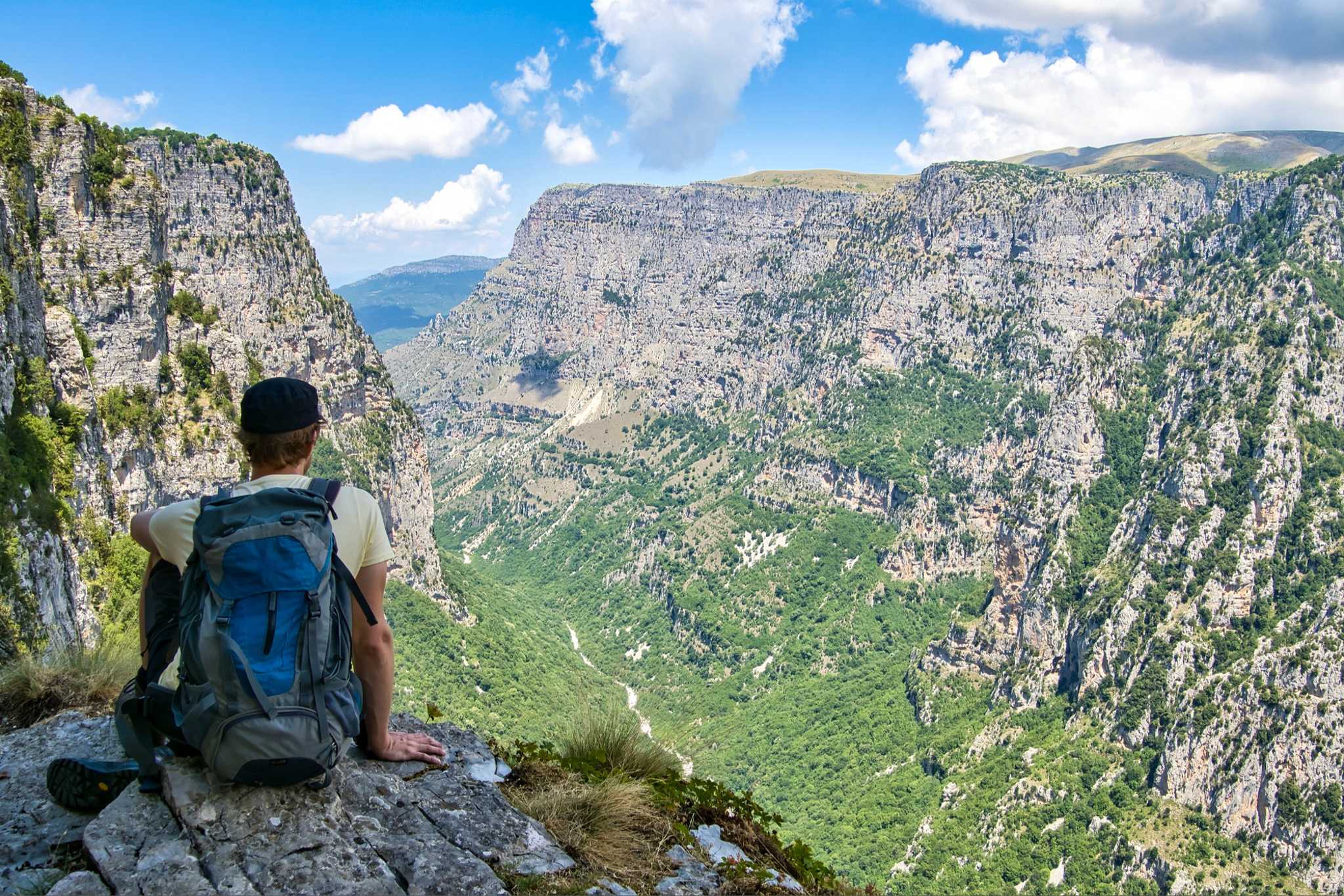
- Season: Summer
- Temperature: 32°C high, 15°C low
- Time zone: GMT+3
- Currency: Euro
- Best for: Exploring Greece’s ‘wild north’
The region of Zagori is nestled in the rugged Pindus Mountains of Epirus, in northwestern Greece. It consists of 46 stone villages (known as Zagorohoria) scattered across an area of 386 sq miles (1,000 sq km). These ancient settlements are nestled into the deep forests, craggy mountains and limestone gorges of the area, connected by a network of stone steps and bridges that seemed to come straight out of a fairytale.
There are some spectacular hiking trails in the region, including the spectacular Vikos Gorge, with steep limestone walls rising over 1,000m (3,280ft) and the ascent up the slopes of Mount Tymphe to the glassy Dragon Lake. You can also explore the region by raft, gliding serenely down the Voidomatis River, said to be the cleanest in Europe.
Hike, Kayak and Raft Greece’s Wild North | Much Better Adventures
Join a small group of like-minded adventurers to explore high peaks, gorges, forests and rivers in Greece’s unexplored Pindus Mountains.
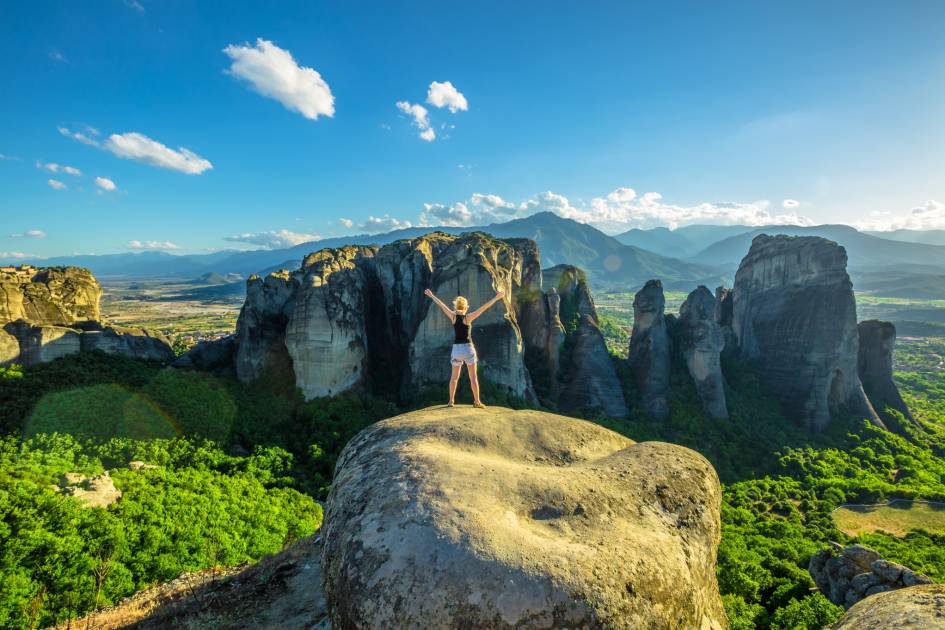
August is an ideal time to visit, as it’s one of the sunniest months of the year. Since Zagori is located at around 1,000m (3,280ft) above sea level, temperatures are rarely unpleasantly hot.
How to get there? The closest airport to Zagori is Ioannina Airport, which only flies to one destination – Athens. Most people fly into Athens International Airport and make their way to Zagori by car, which takes four to five hours.
17. Dilijan National Park, Armenia
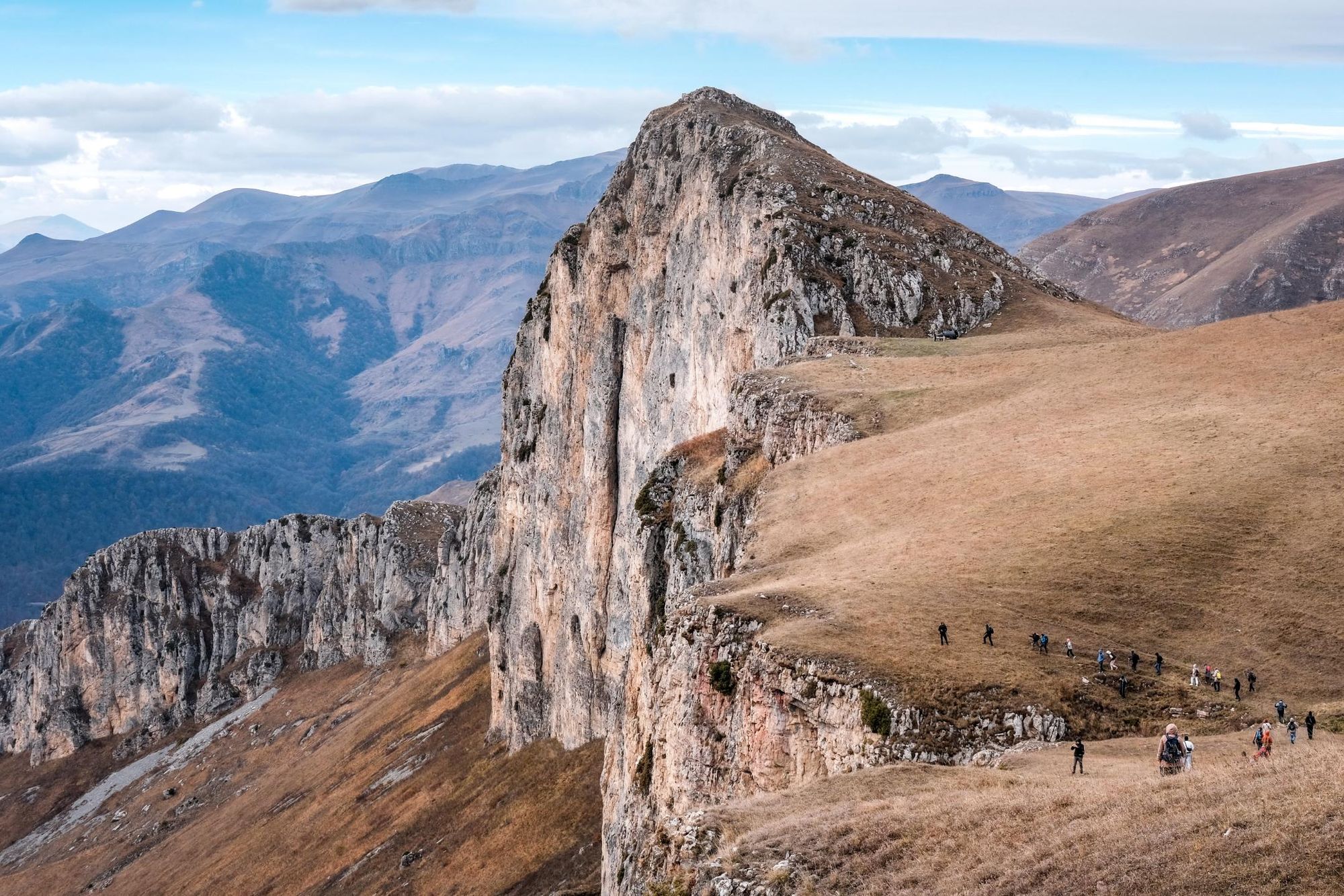
- Season: Summer
- Temperature: 26°C high, 15°C low
- Time zone: GMT+4
- Currency: Armenian dram
- Best for: Exploring a little-known country
Dilijan National Park is situated at the northern tip of vast Lake Sevan, and stretches across five different mountain ranges. Rugged peaks slope down to green foothills and deciduous oak and beech forests. There’s an abundance of wildlife in this protected area, including brown bears, lynx, wild cat and wolves.
The Ultimate Adventure in Armenia | Much Better Adventures
A cracker in the Caucasus. Join an active, small group trip to explore mountains, rivers and ancient monasteries in this lowkey gem – led by expert guides.
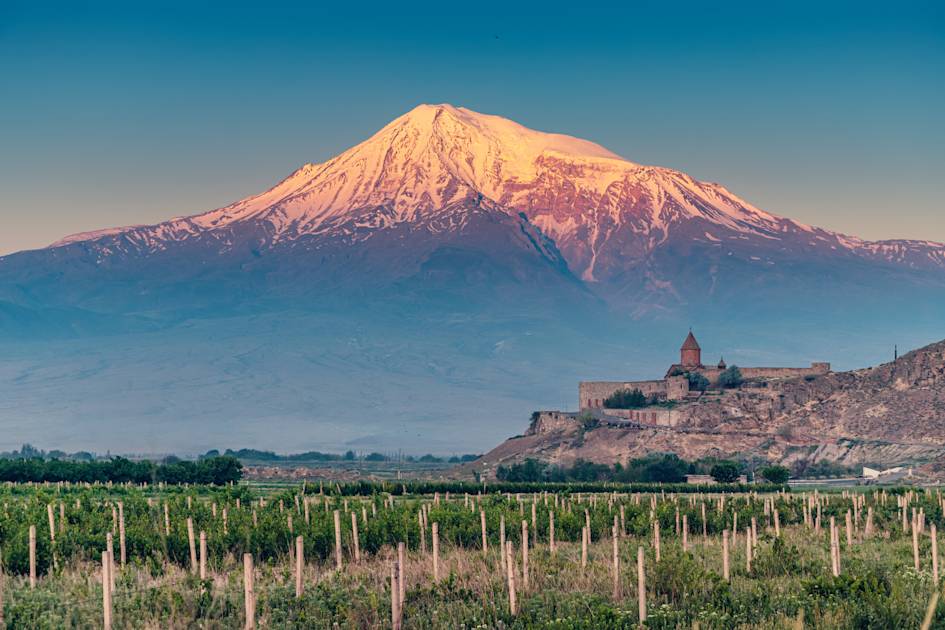
There are plenty of opportunities for hiking here, whether you decide to tackle the 2,378m (7,801ft) high granite summit of Mount Dimats or navigate the gorges and deep forests of the Lastiver region. We’d highly recommend August as a time to visit. The weather is sunny and mild and the off-the-beaten track nature of the park means it rarely feels crowded.
How to get there? Fly into Zvartnots International Airport near the capital of Yerevan.
18. La Rioja, Spain
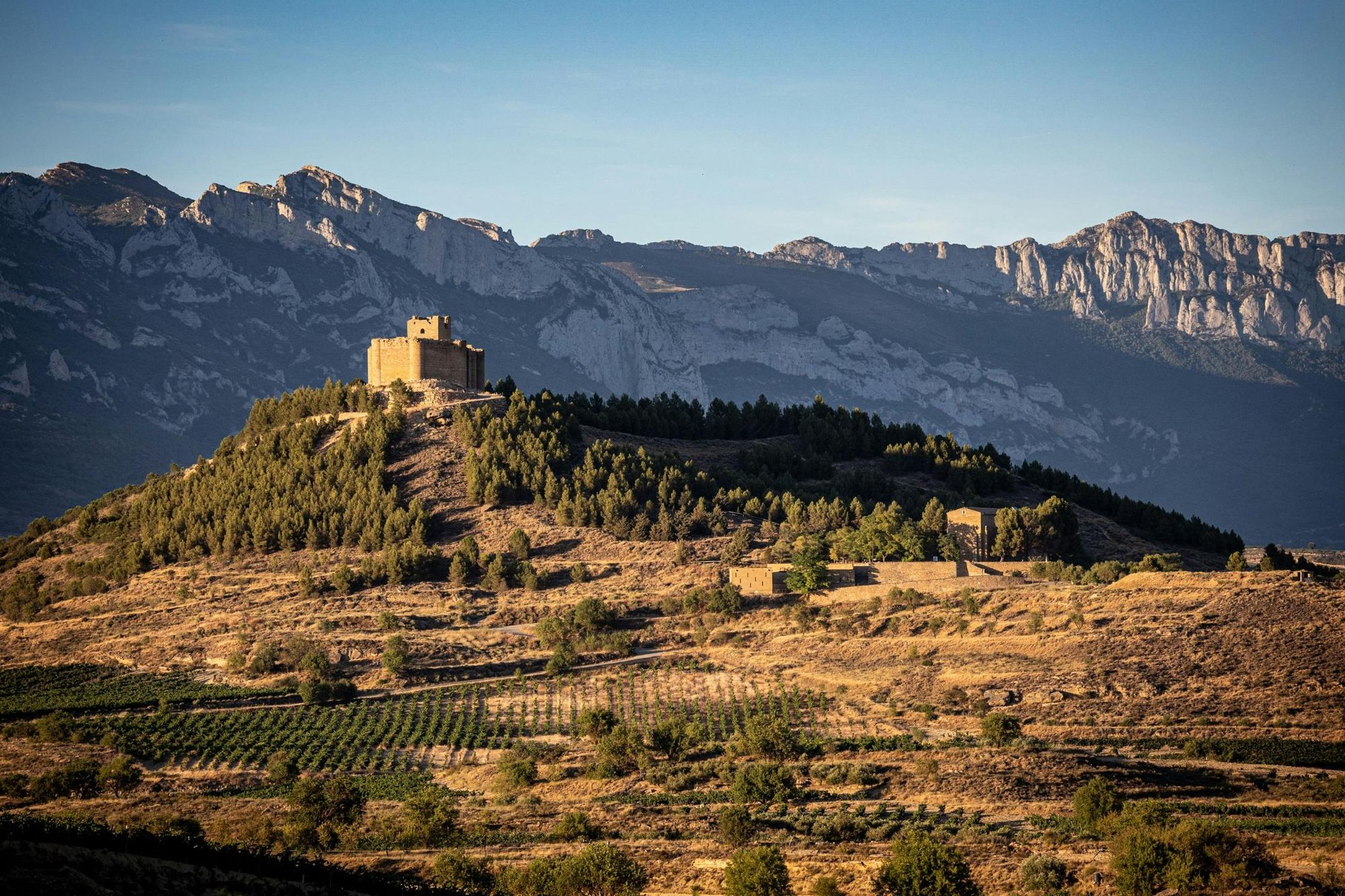
- Season: Summer
- Temperature: 35°C high, 19°C low
- Time zone: GMT+2
- Currency: Euro
- Best for: A foodie adventure
La Rioja is a region in northern Spain where rioja wine is produced – rolling vineyards are surrounded by high mountains. This is the place to visit for a foodie adventure, stopping at local family-run wineries to try regional dishes and the latest vintages, or pinxto hopping in one of the historic towns. But there are also some excellent hiking and cycling routes through the region, including the ‘Wine and Fish Route’, a multi-day hike from La Rioja across the mountains to the Basque Coast.
The most important thing about this area is that it still remains authentic and little-known
“The most important thing about this area is that it still remains authentic and little-known – that’s especially important nowadays because we are experiencing overcrowded mass tourism,” says adventure tour operator José Miguel Real. “La Rioja is obviously very recognised for its wine, but the area is a mix of culture, natural landscapes and historical architecture.”
August is hot, with daytime temperatures averaging between 27°C to 30°C. When temperatures soar higher, you can always head to the nearby coast for some vitamin sea.
Hiking, Biking, Food & Wine Tasting in Northern Spain | Much Better Adventures
Join an active foodie adventure through La Rioja Wine Region and ‘pintxo-hop’ in San Sebastian, staying at a winery hotel in Basque Country.
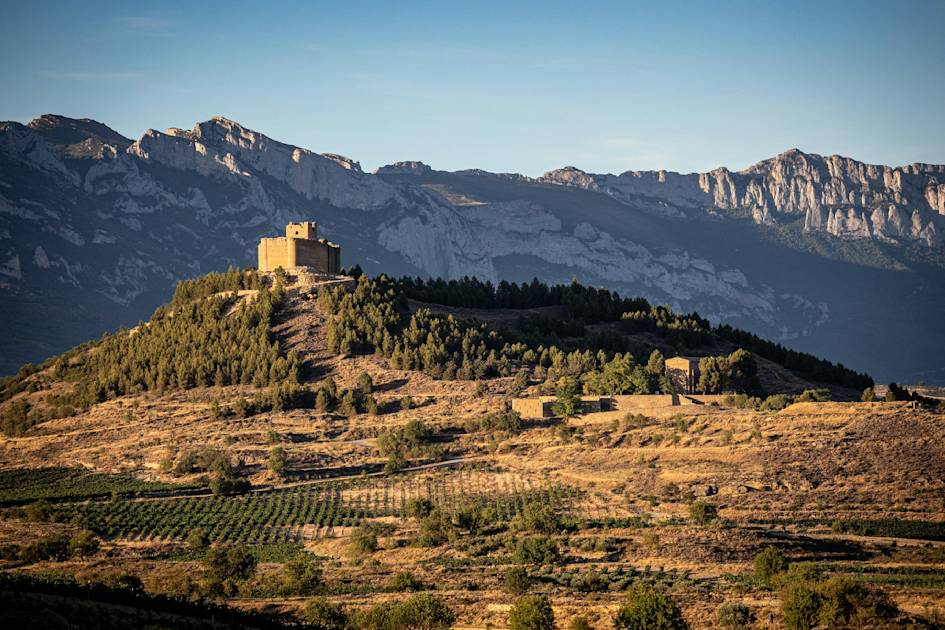
19. High Tatras, Slovakia
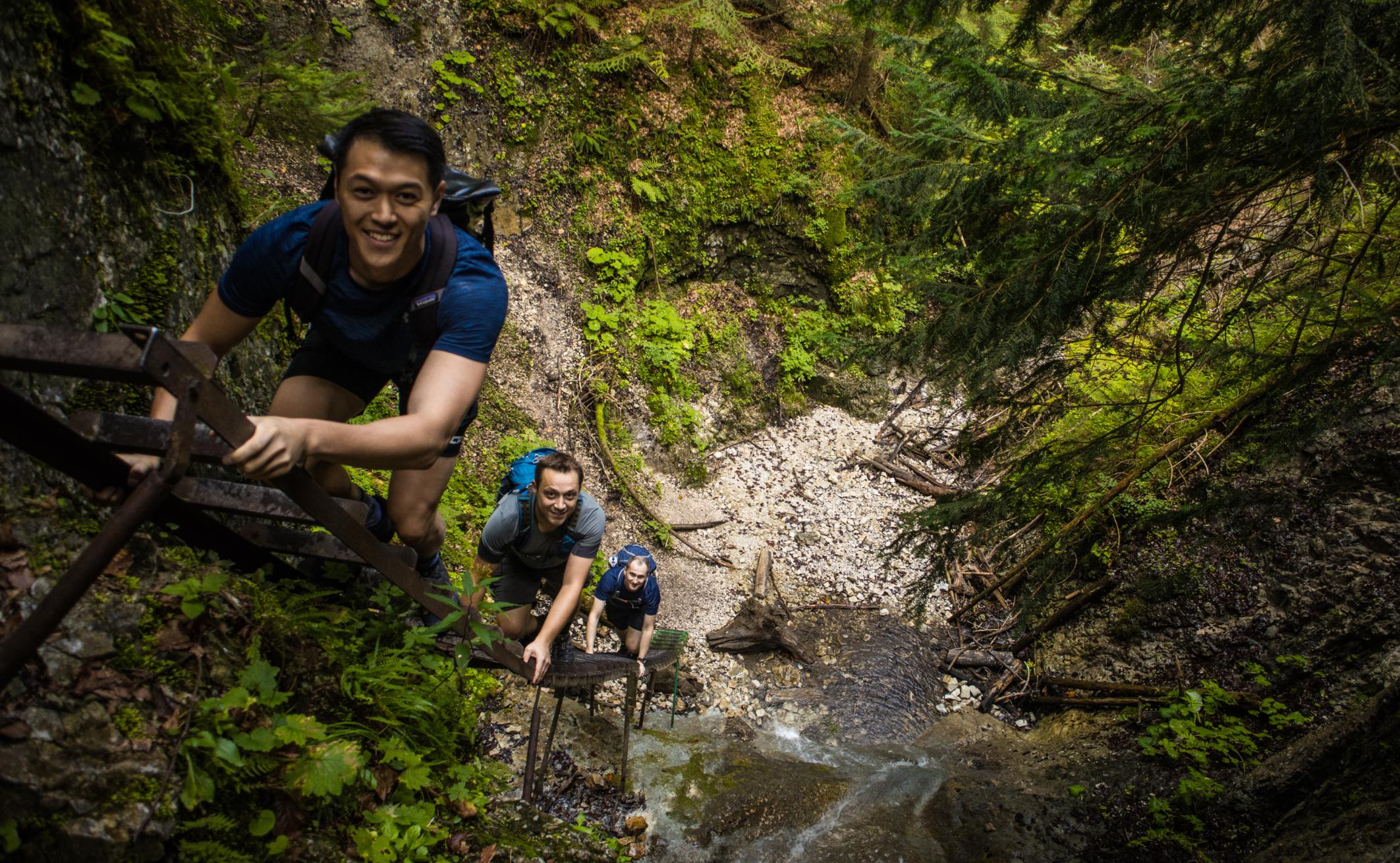
- Season: Summer
- Temperature: 29°C high, 15°C low
- Time zone: GMT+2
- Currency: Euro
- Best for: Quiet Alpine hikes
In Slovakia’s High Tatras Mountains, granite peaks slope down to lush wildflower meadows and aromatic pine forest threaded with clear mountain streams. But despite its beauty the area sees far fewer visitors than other parts of the Alps – which works in its favour, in our books.
Adventure Hiking in Slovakia in a Week | Much Better Adventures
Trek across the stunning High Tatras Mountains and explore Slovak Paradise National Park’s trails, ladders, bridges and catwalks

Head to the aptly named Slovak Paradise National Park, where you’ll find adventurous trails such as the Sucha Bela Gorge, with its ladders, chains and walkways over rushing rivers. Another option is to hike through the verdant Velicka Valley, where you’ll have views of Gerlachovsky Peak – at 2,655m (8,710ft) it’s the highest mountain in Slovakia.
In August, temperatures average between 22°C to 25°C. Hiking in the dappled forests you’ll be pleasantly cool – and there are plenty of lakes for a wild swim.
20. The Camino de Costa Rica, Costa Rica
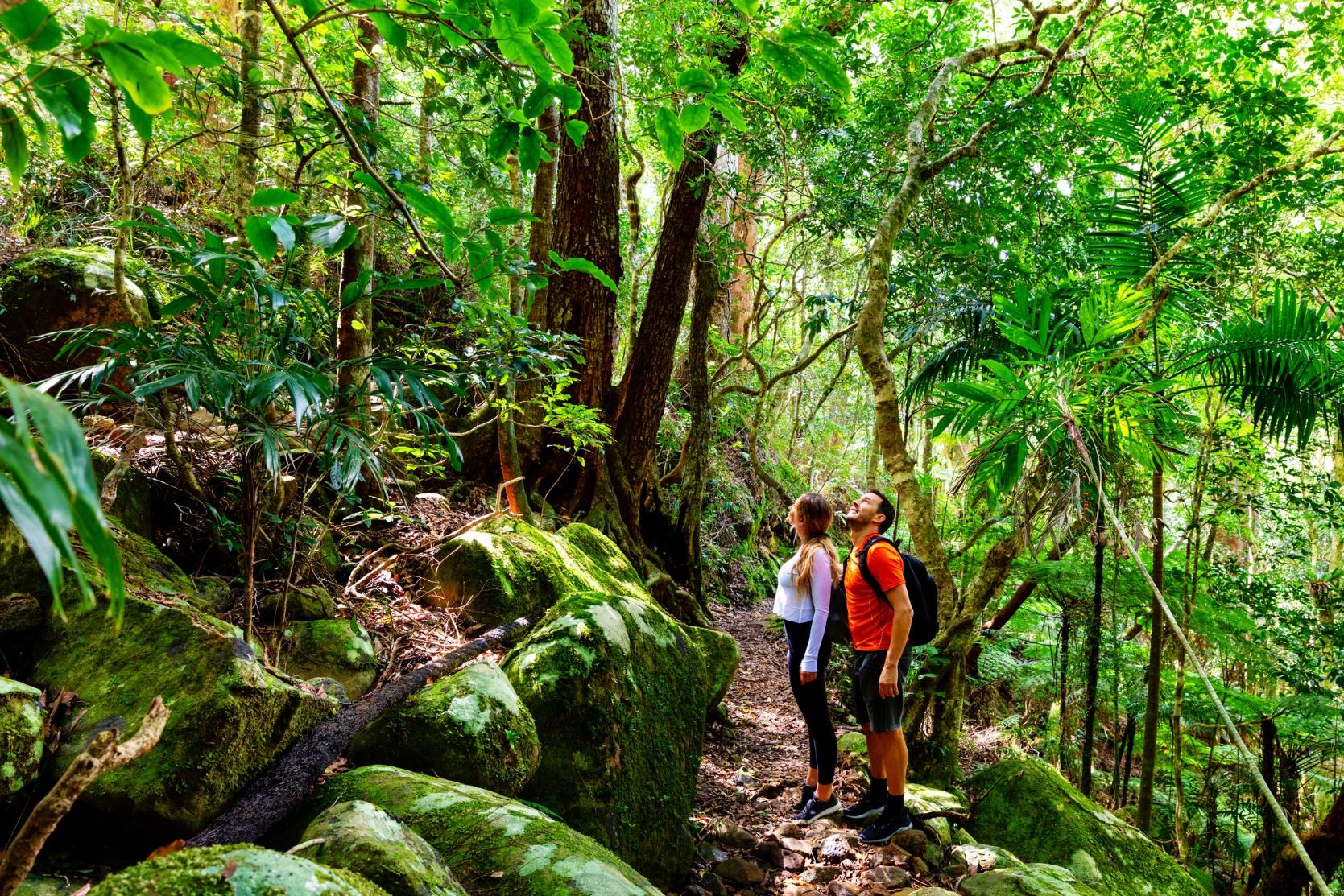
- Season: Rainy (Green) season
- Temperature: 32°C high, 15°C low
- Time zone: GMT-6
- Currency: Costa Rican Colón
- Best for: Exploring the world’s most biodiverse country
The Camino de Costa Rica is a long-distance hiking route which stretches 174 miles (280km) coast-to-coast across the mountains and forests of Costa Rica. It takes you from the Caribbean coast in Barra de Parismina through national parks and indigenous territory (where you will be guided by Cabécar guides), before finishing in Quepos on the western coast, looking out over the Pacific Ocean.
We wanted it to be as beautiful and as varied as possible
“We wanted it to be as beautiful and as varied as possible,” says Conchita Espino, the trail’s creator.
August is the rainy season, but the trail can ultimately be hiked year round – it’ll be quieter this time of year. Conchita recommends setting off early to beat the afternoon downpours. Animals are more active during the rainy season, giving you a greater chance of spotting colourful hummingbirds and howler monkeys.
Trek the Camino de Costa Rica | Much Better Adventures
Join an expert guide on a small group trip to tackle this a pioneering new trail across Costa Rica, from the Caribbean Sea to the Pacific Ocean.
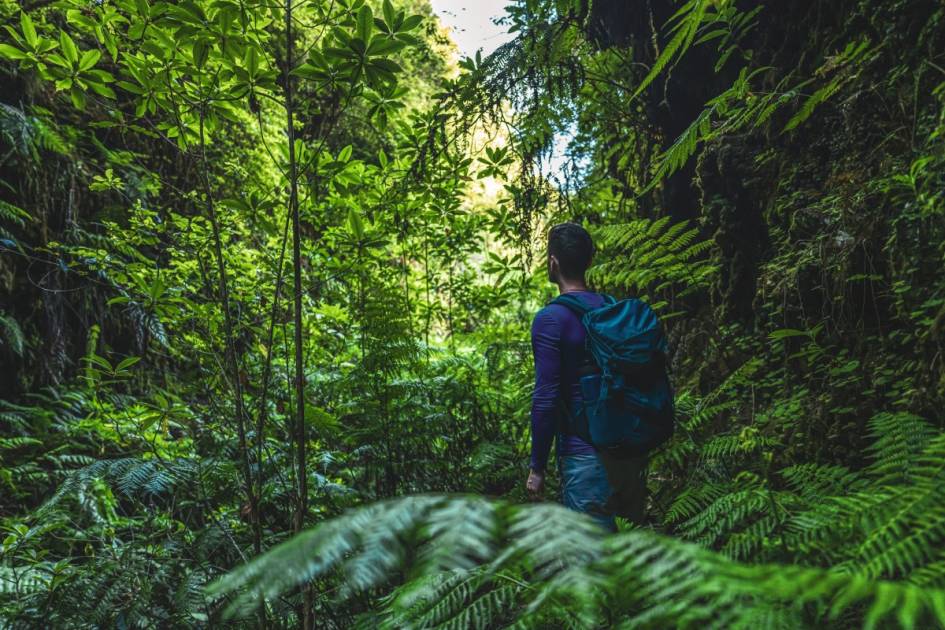
How to Get There? Fly into Juan Santamaría International Airport, San José.
Inspired? Then check out our adventures departing in August.

